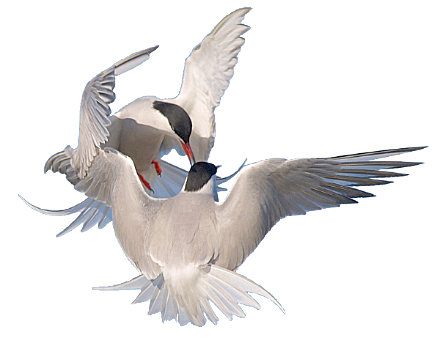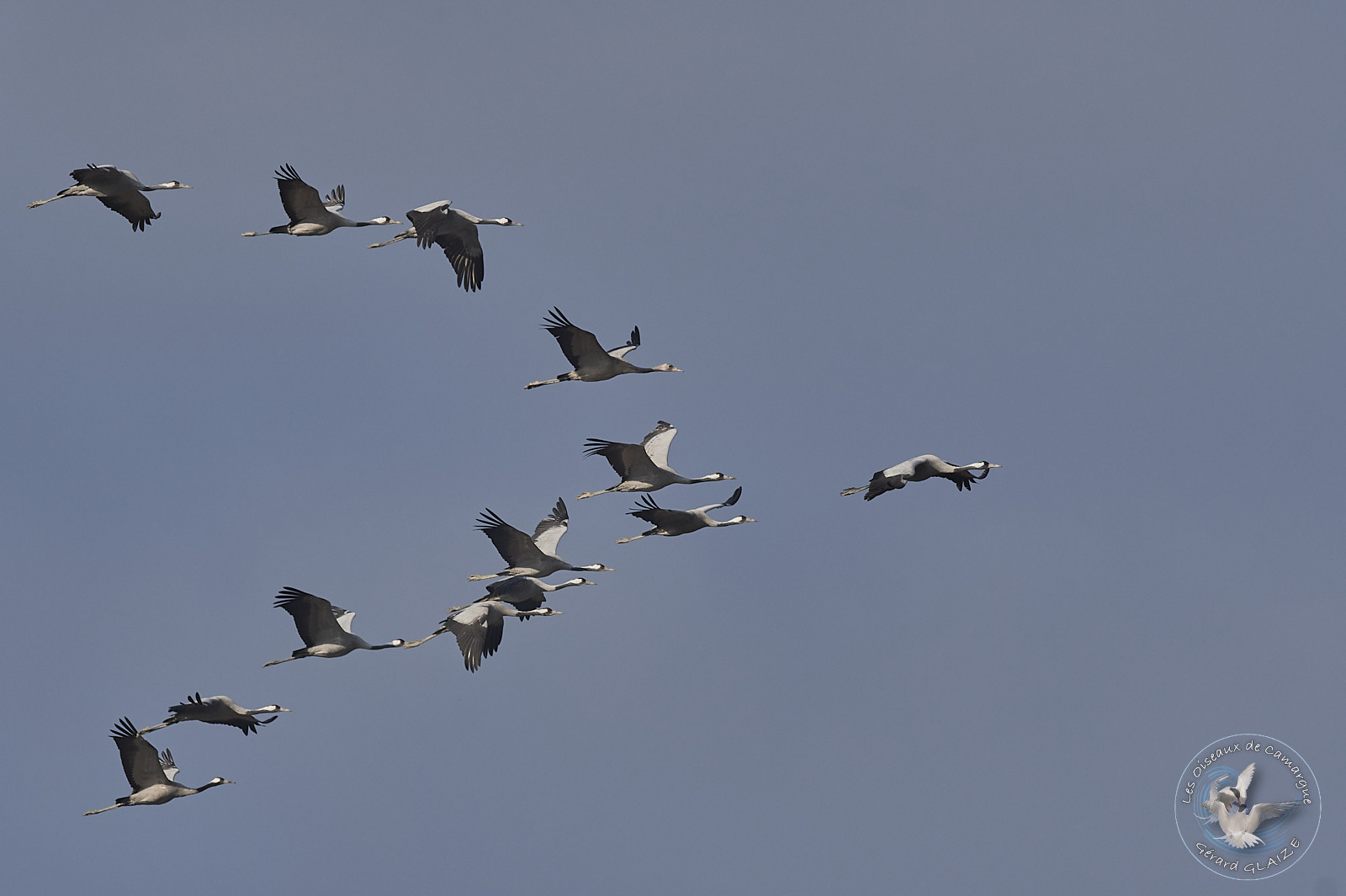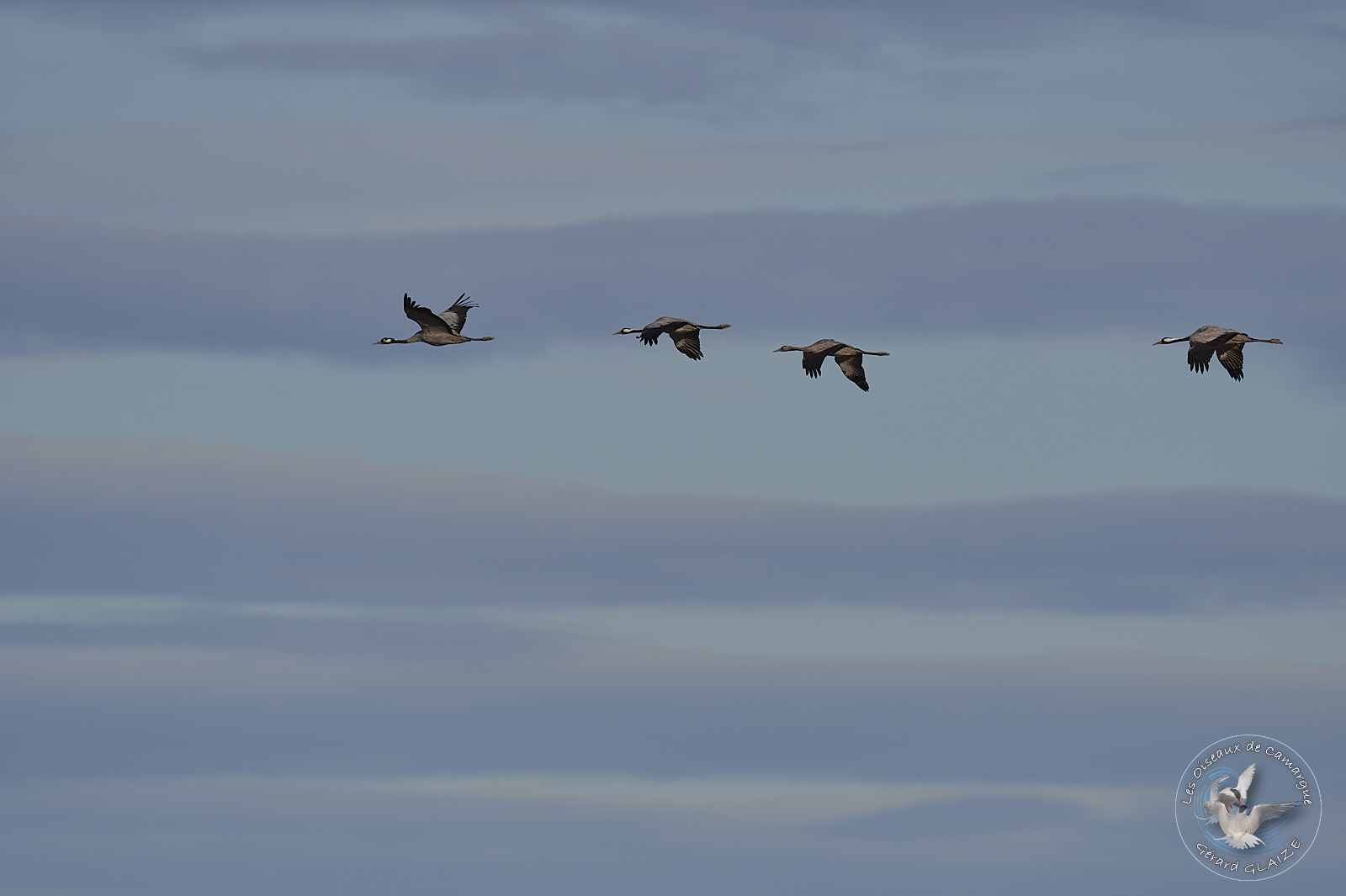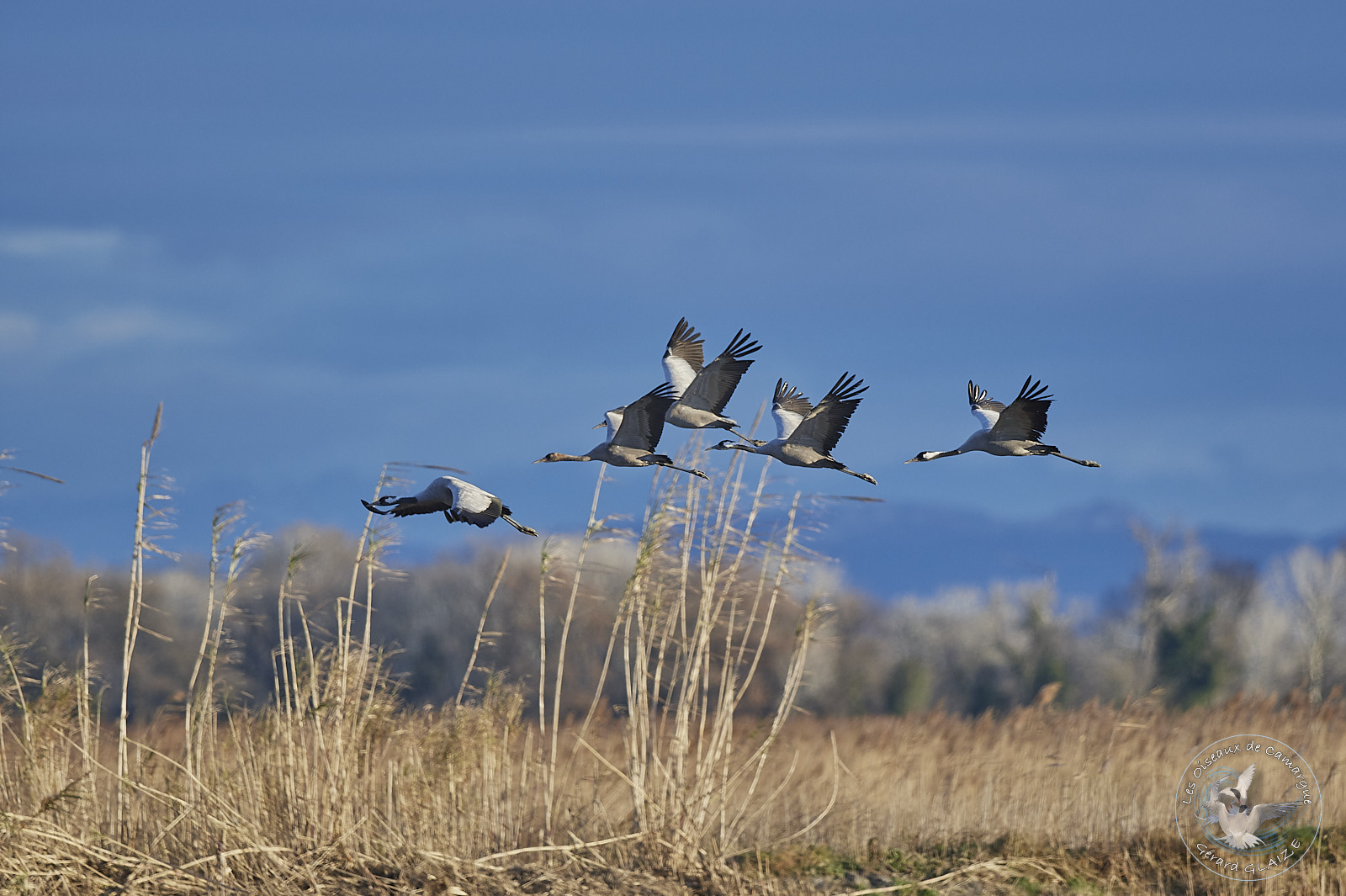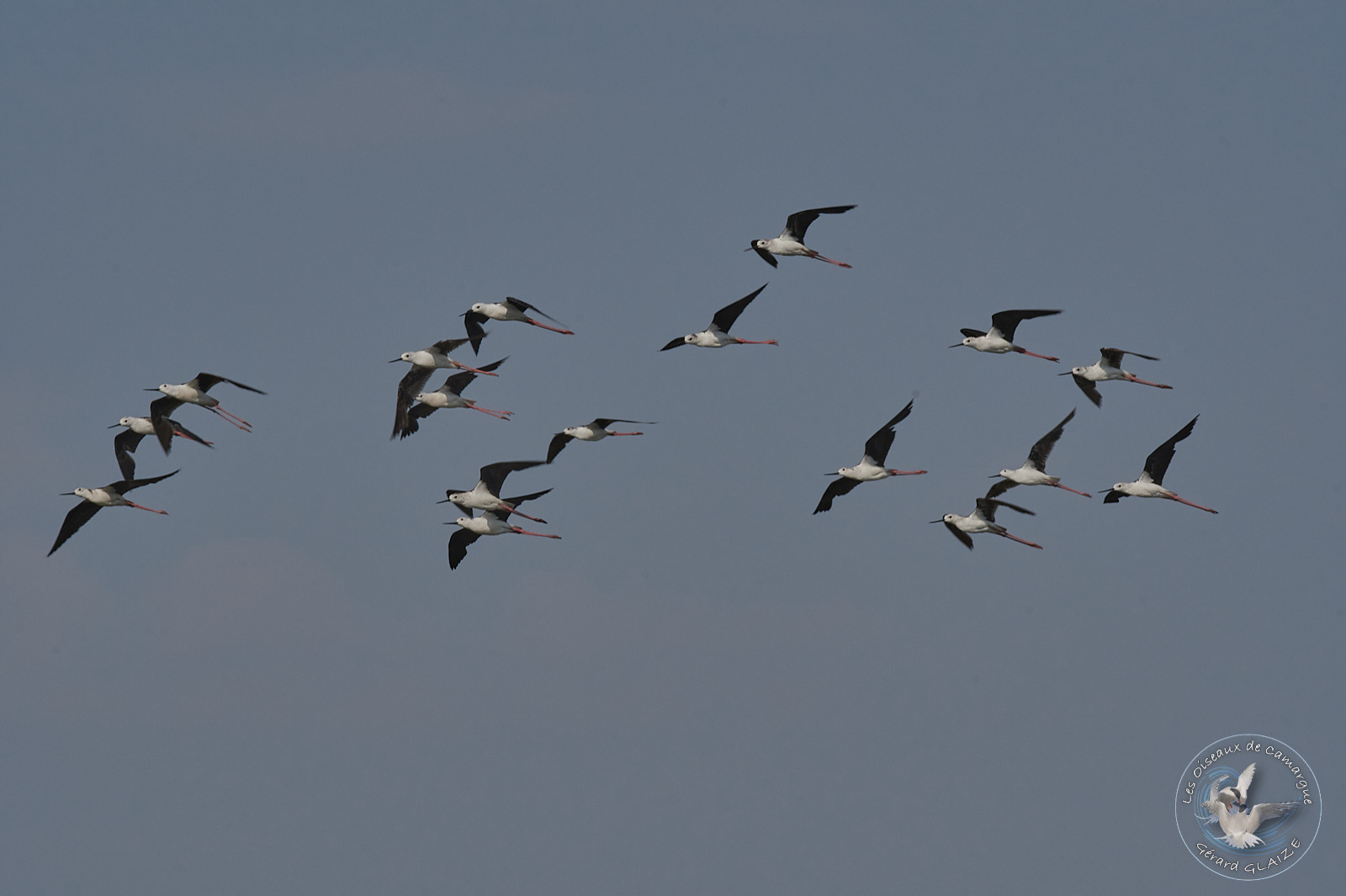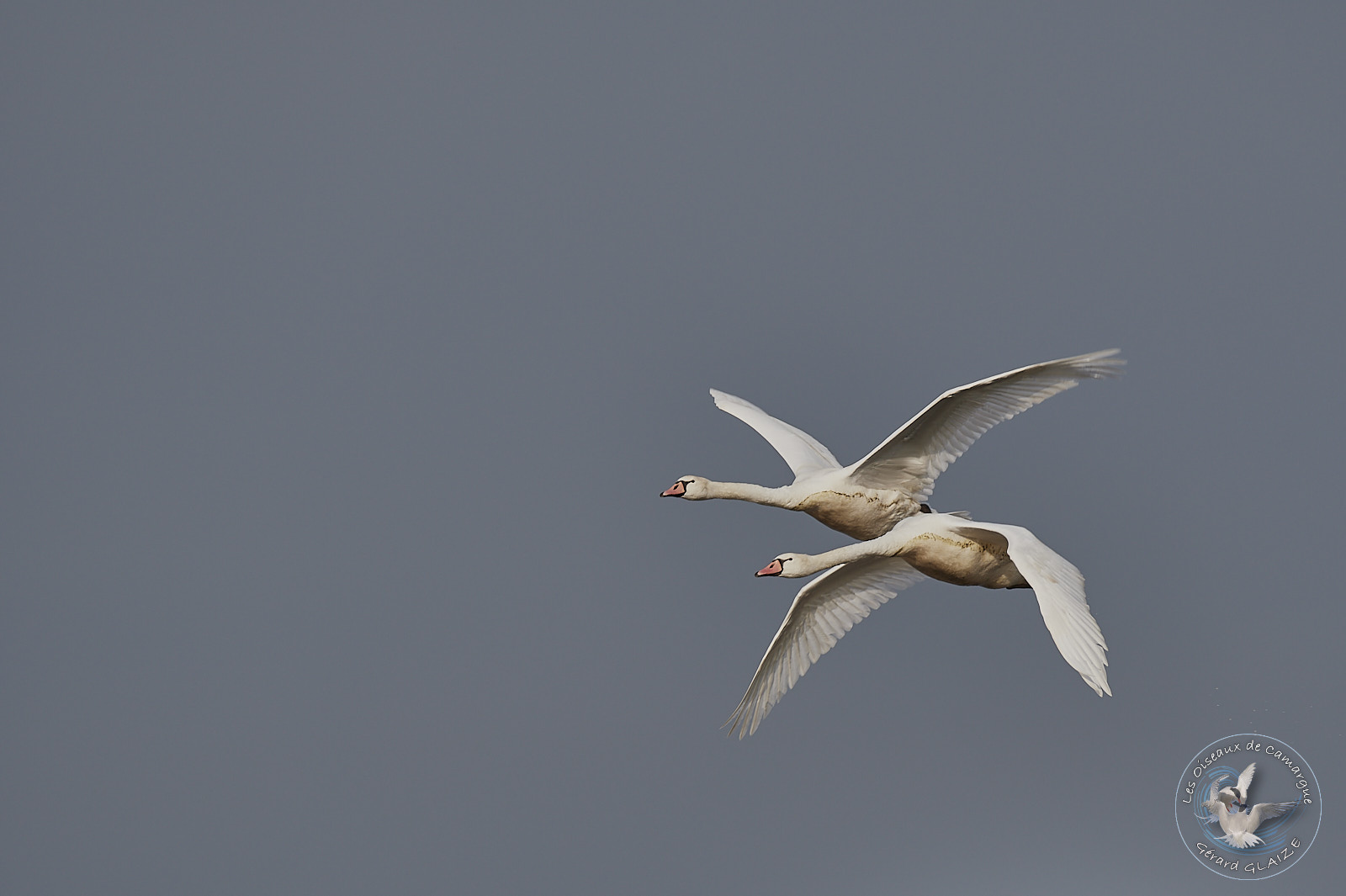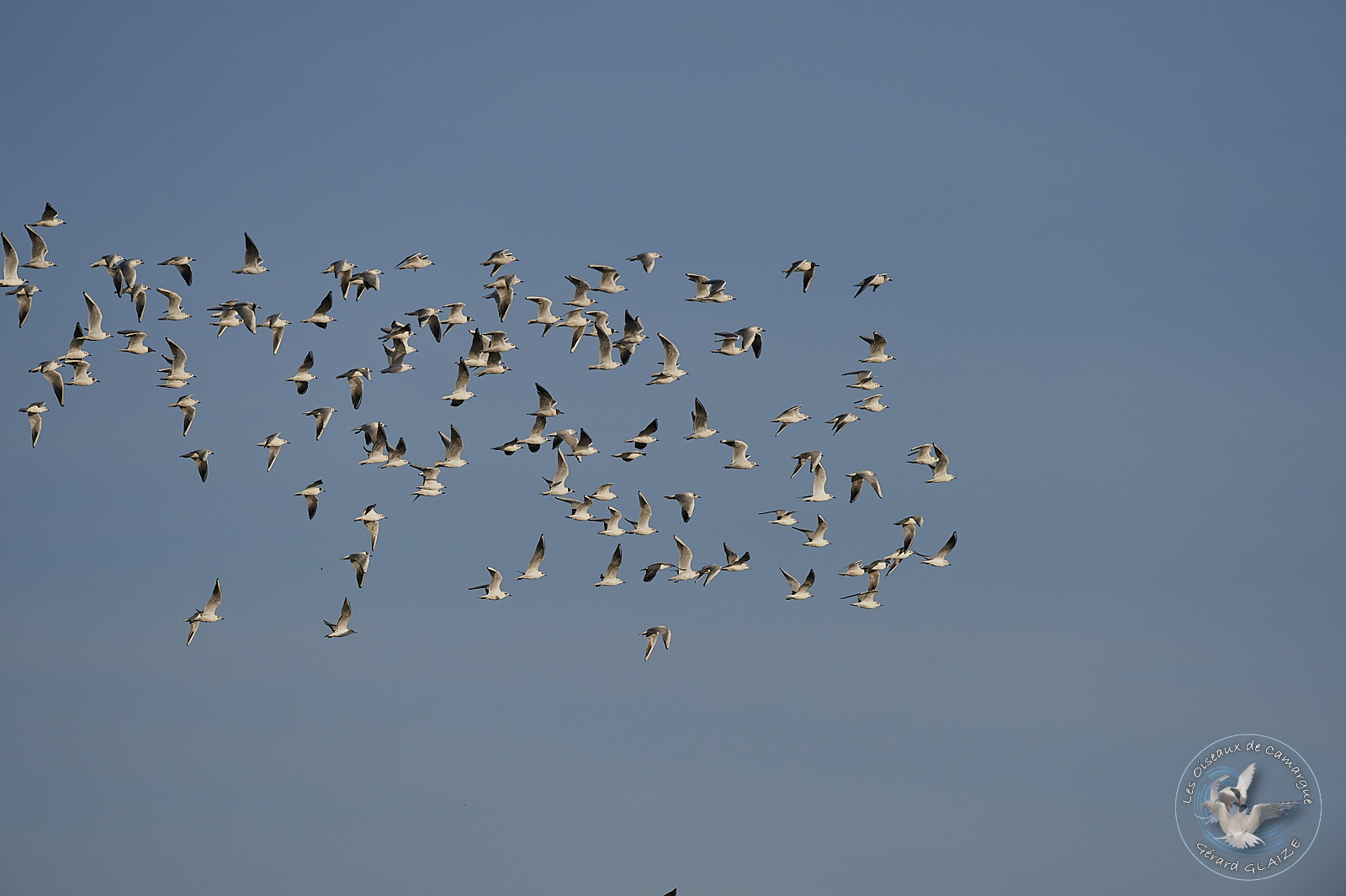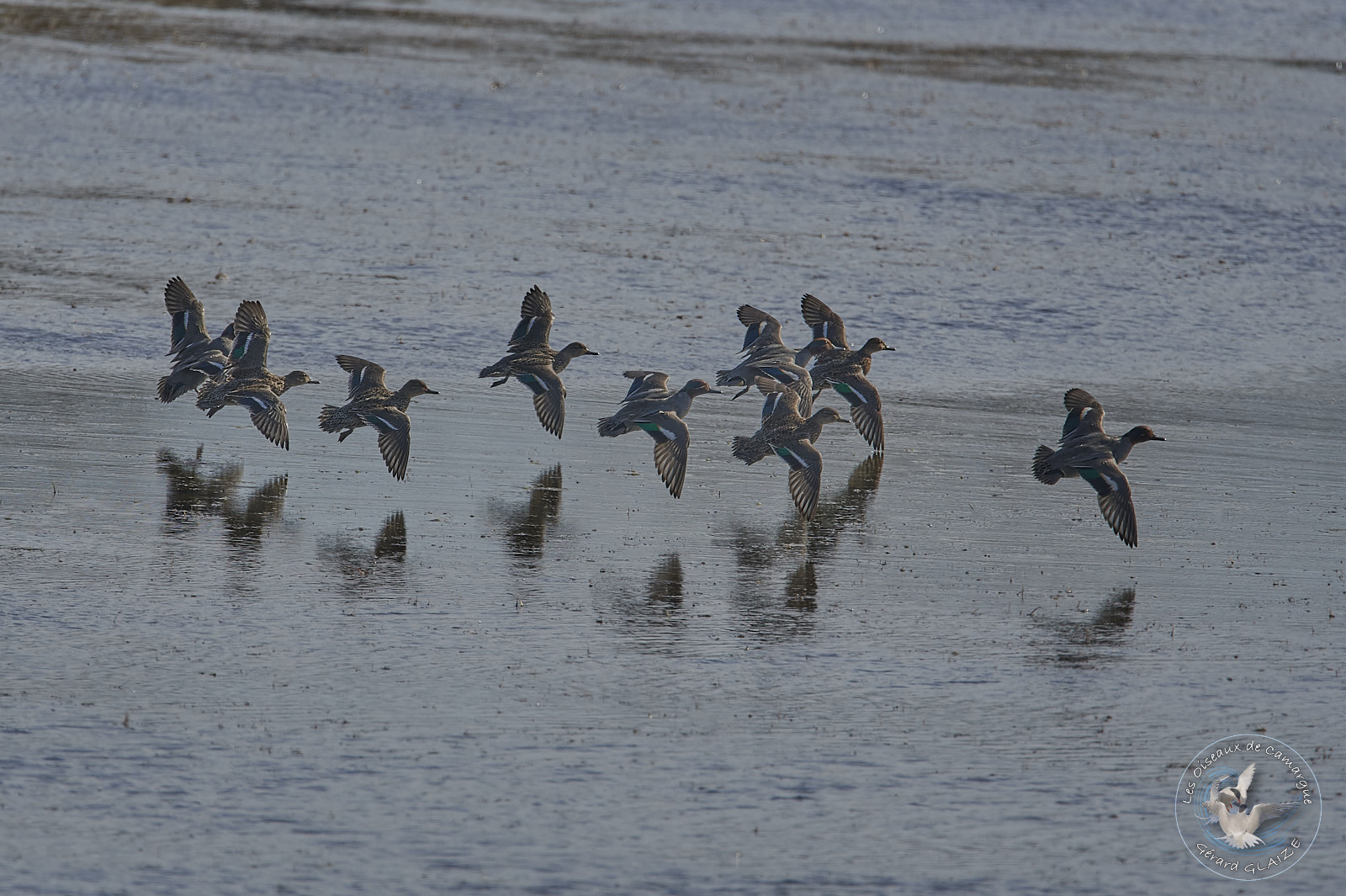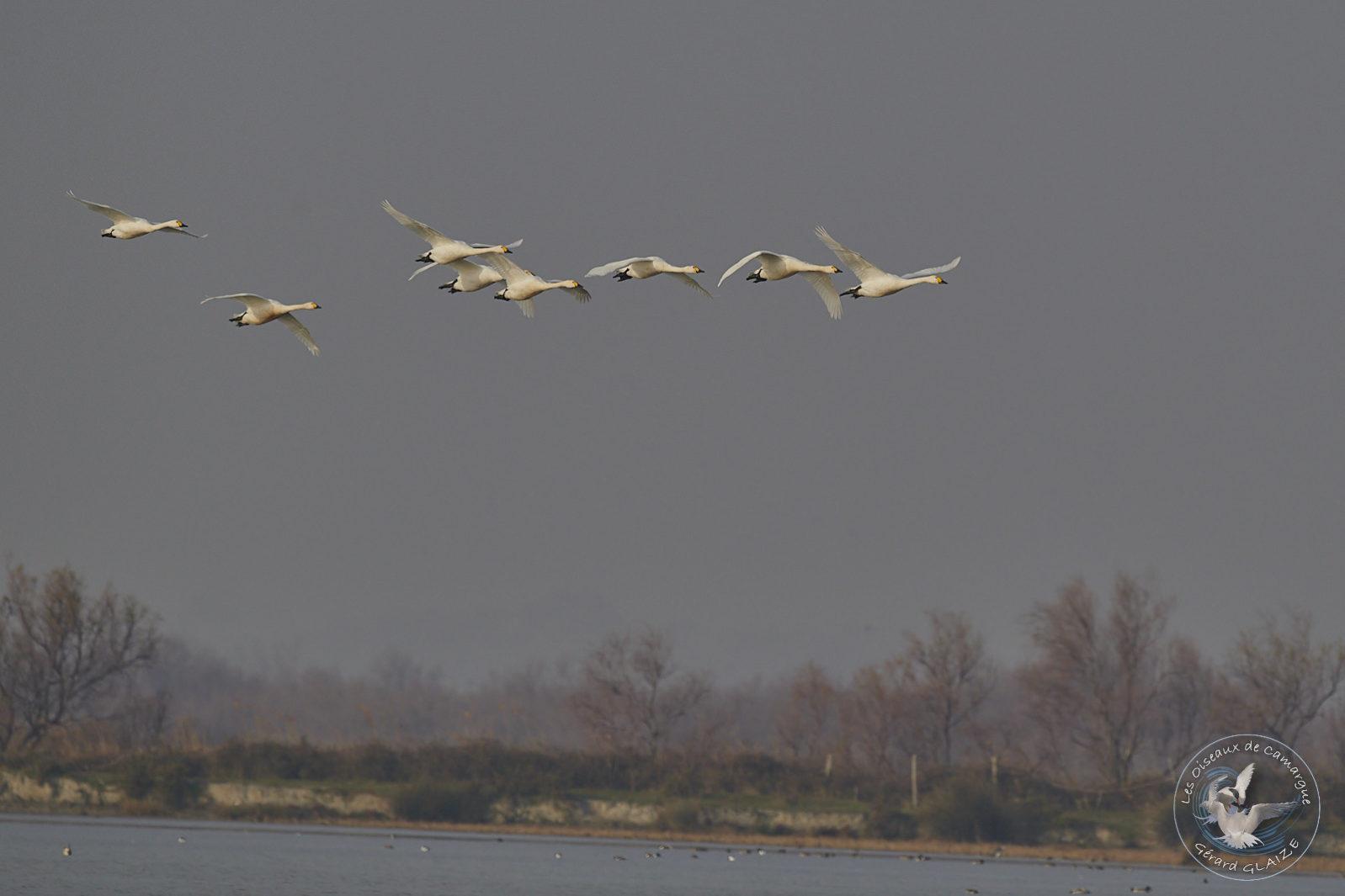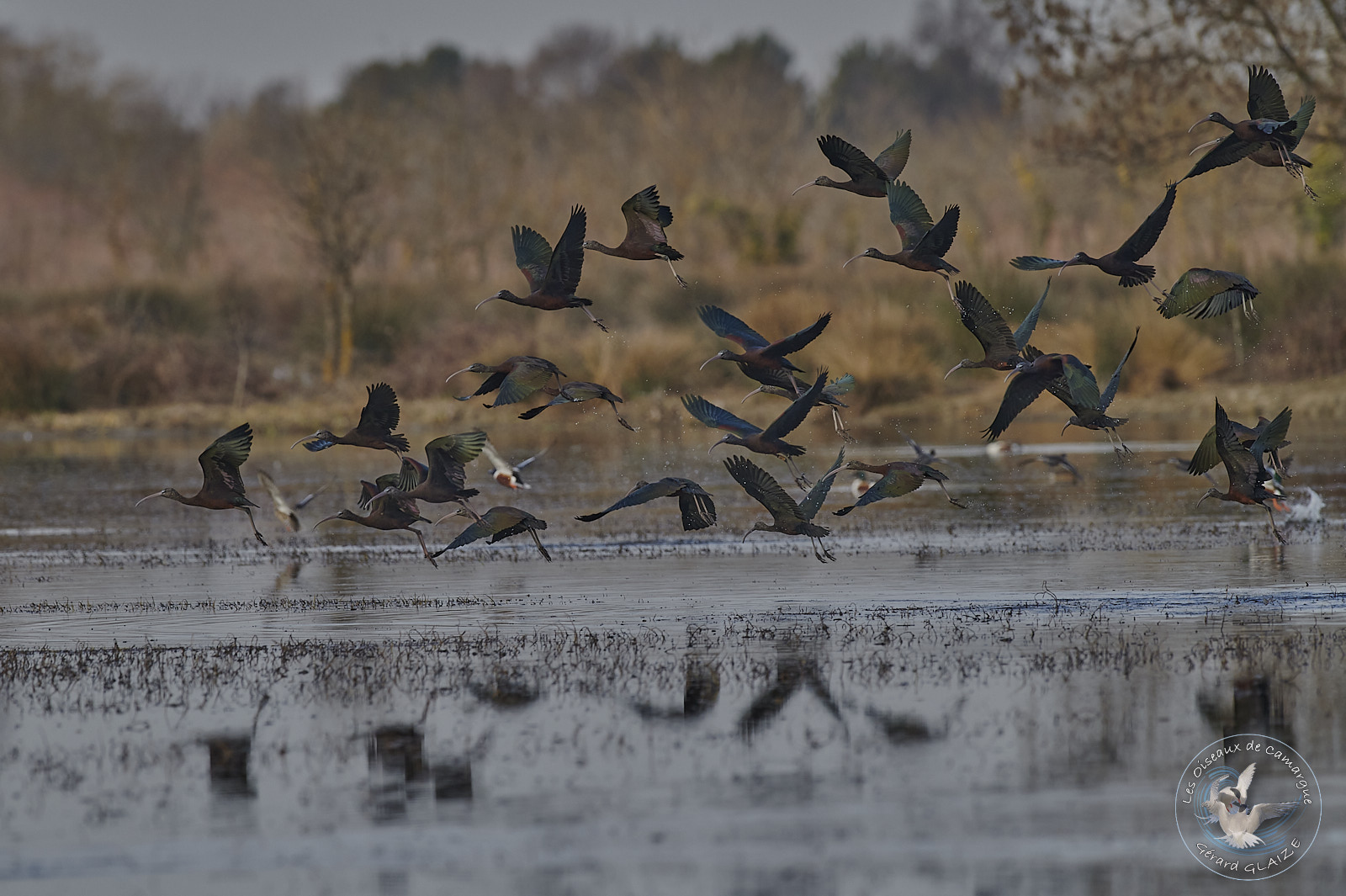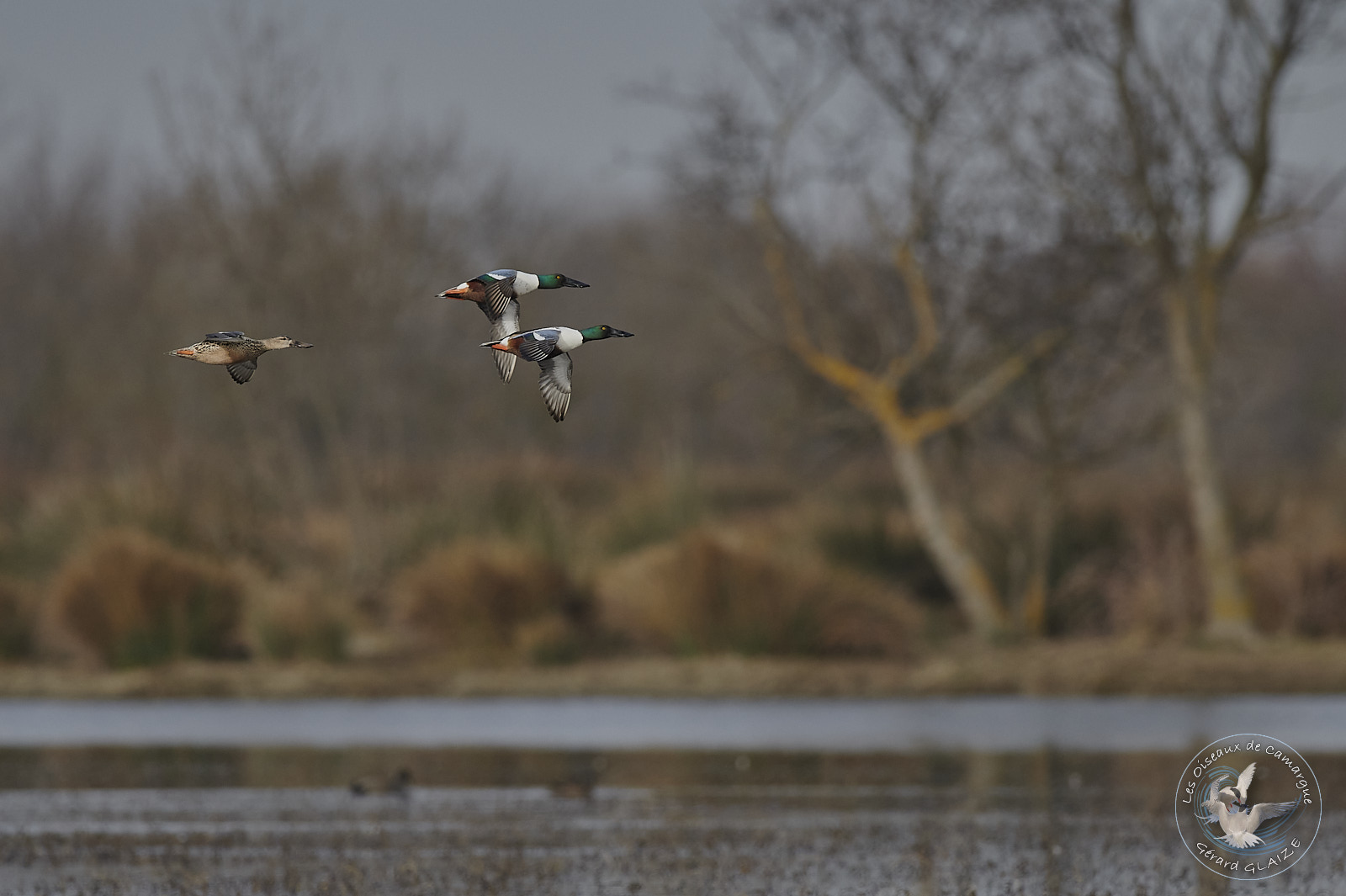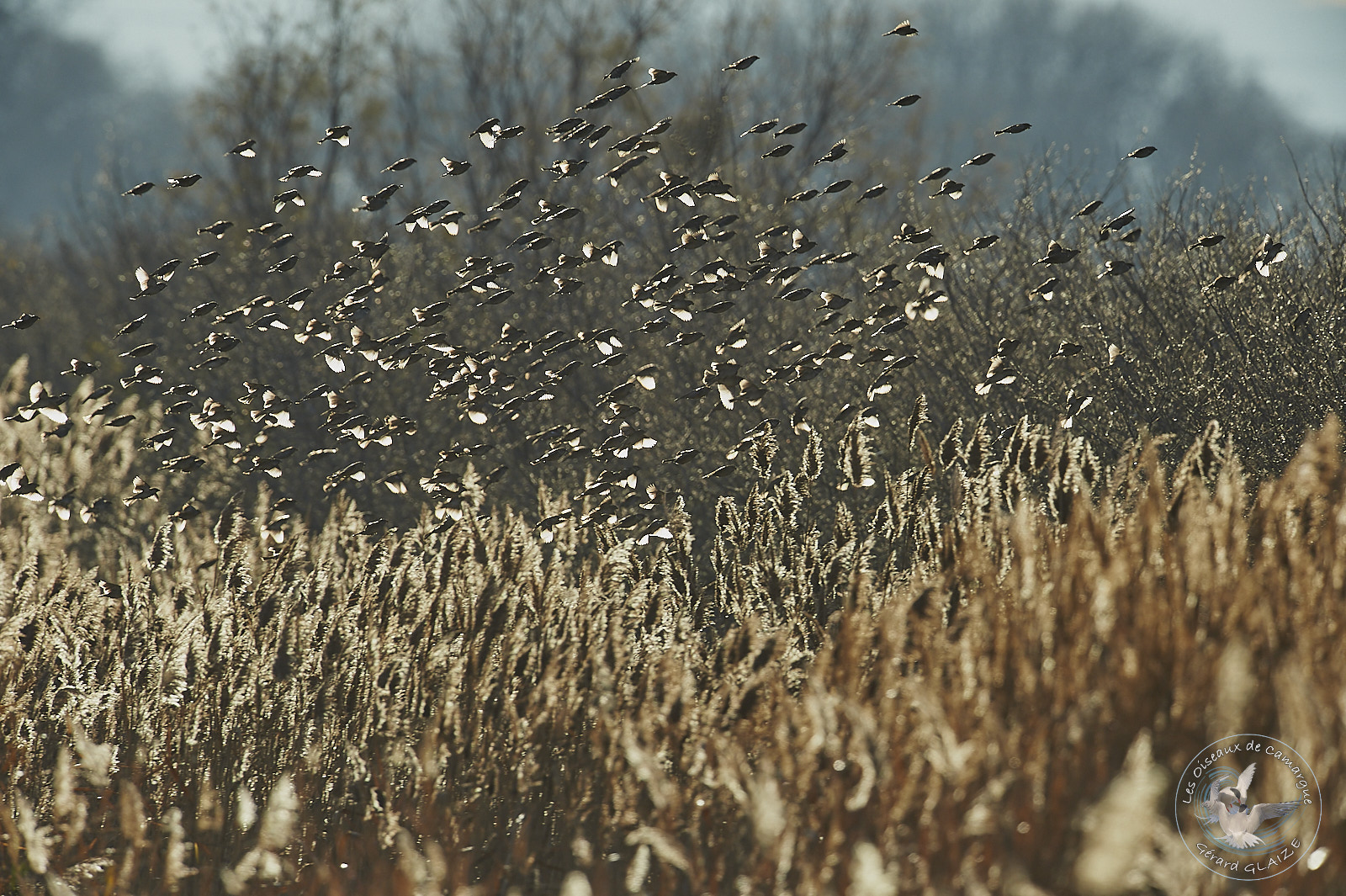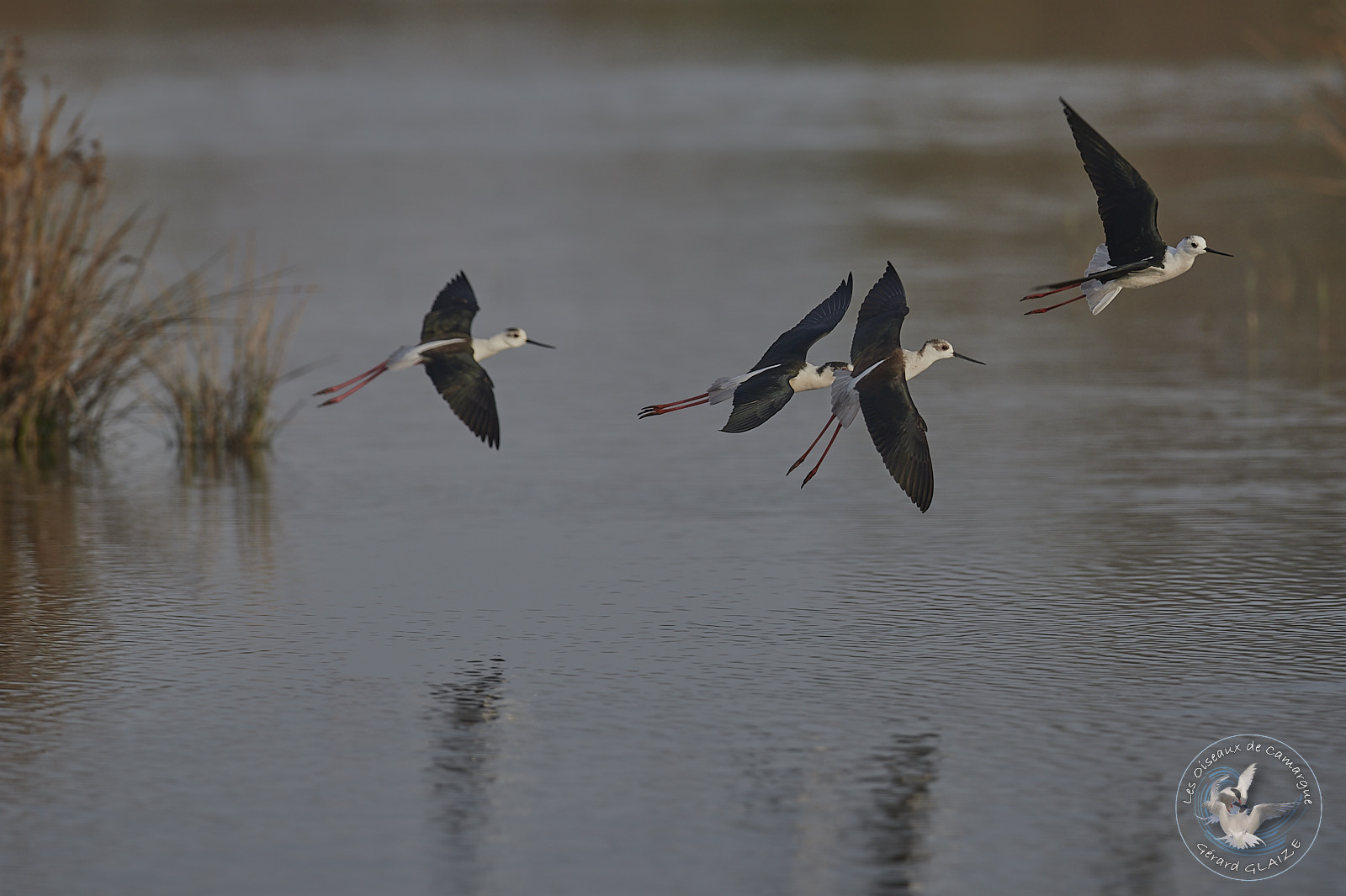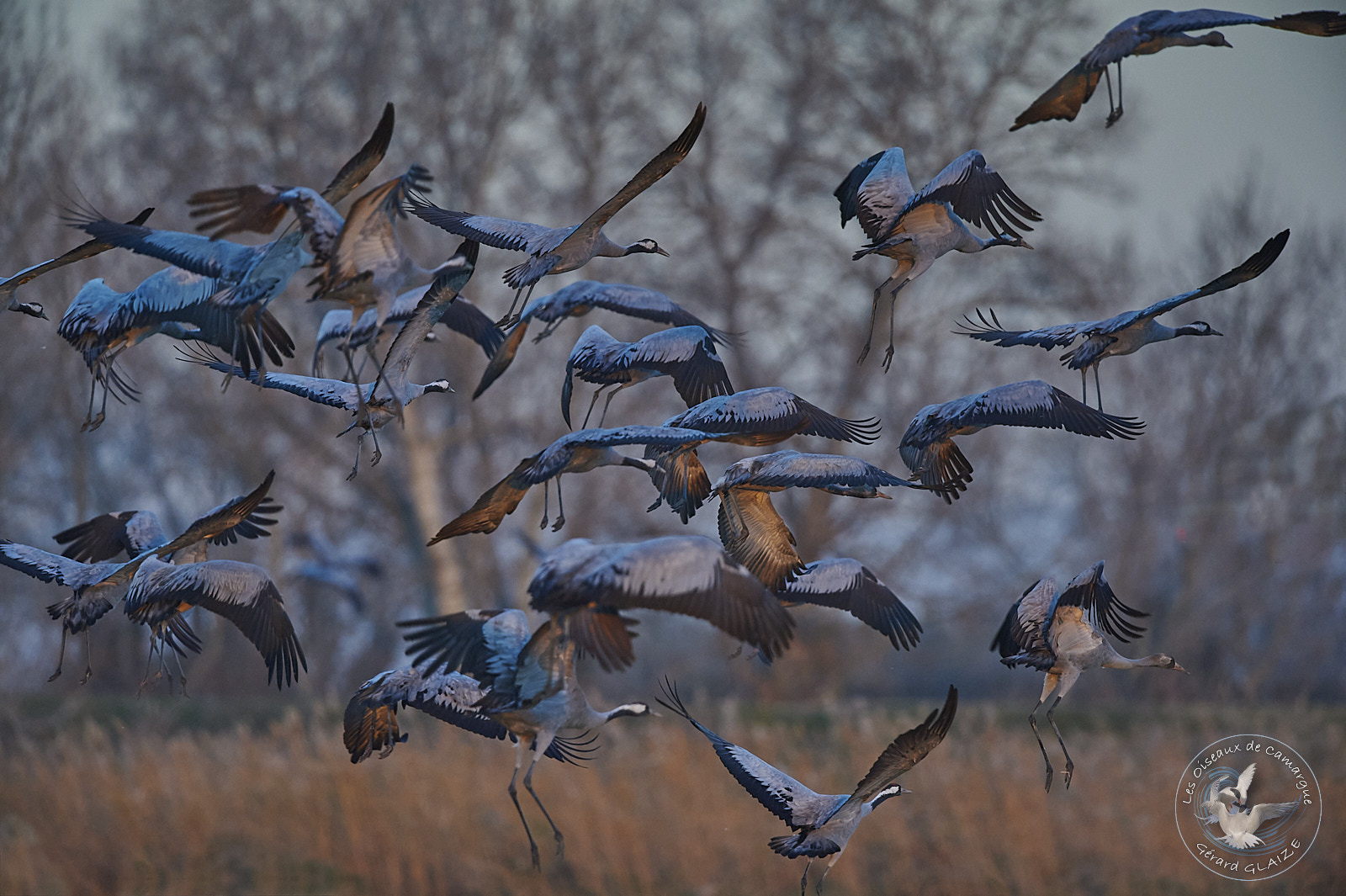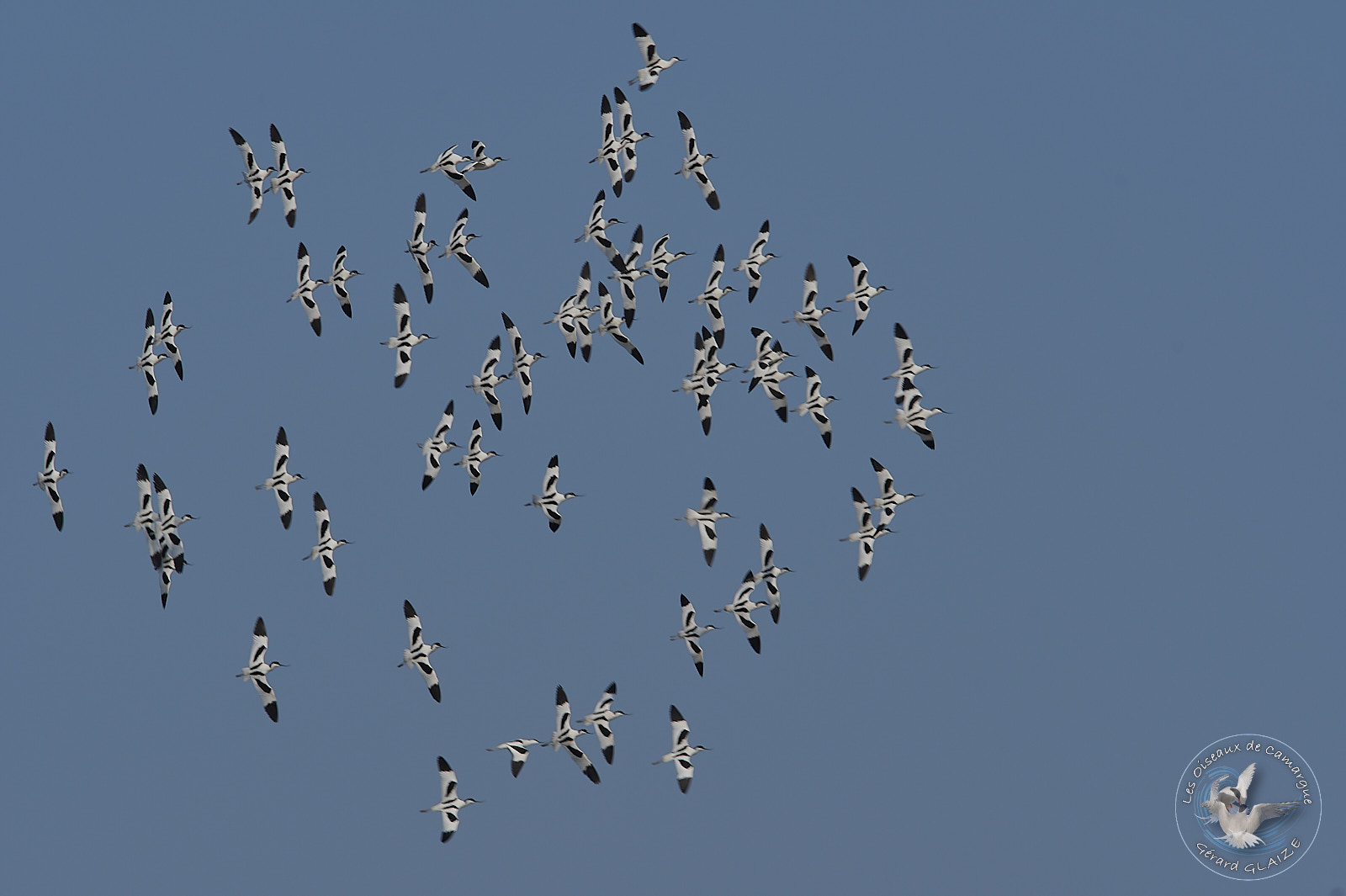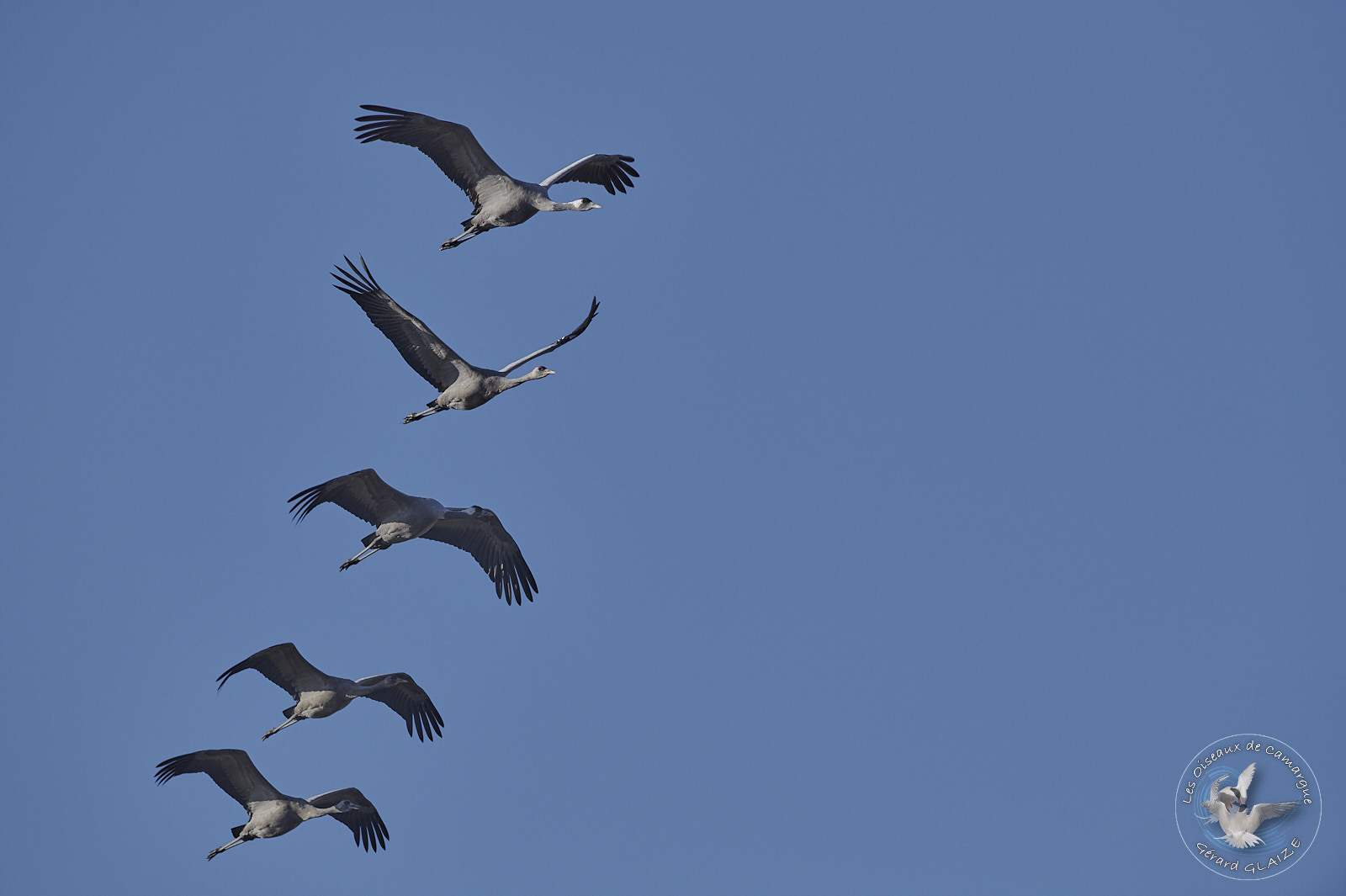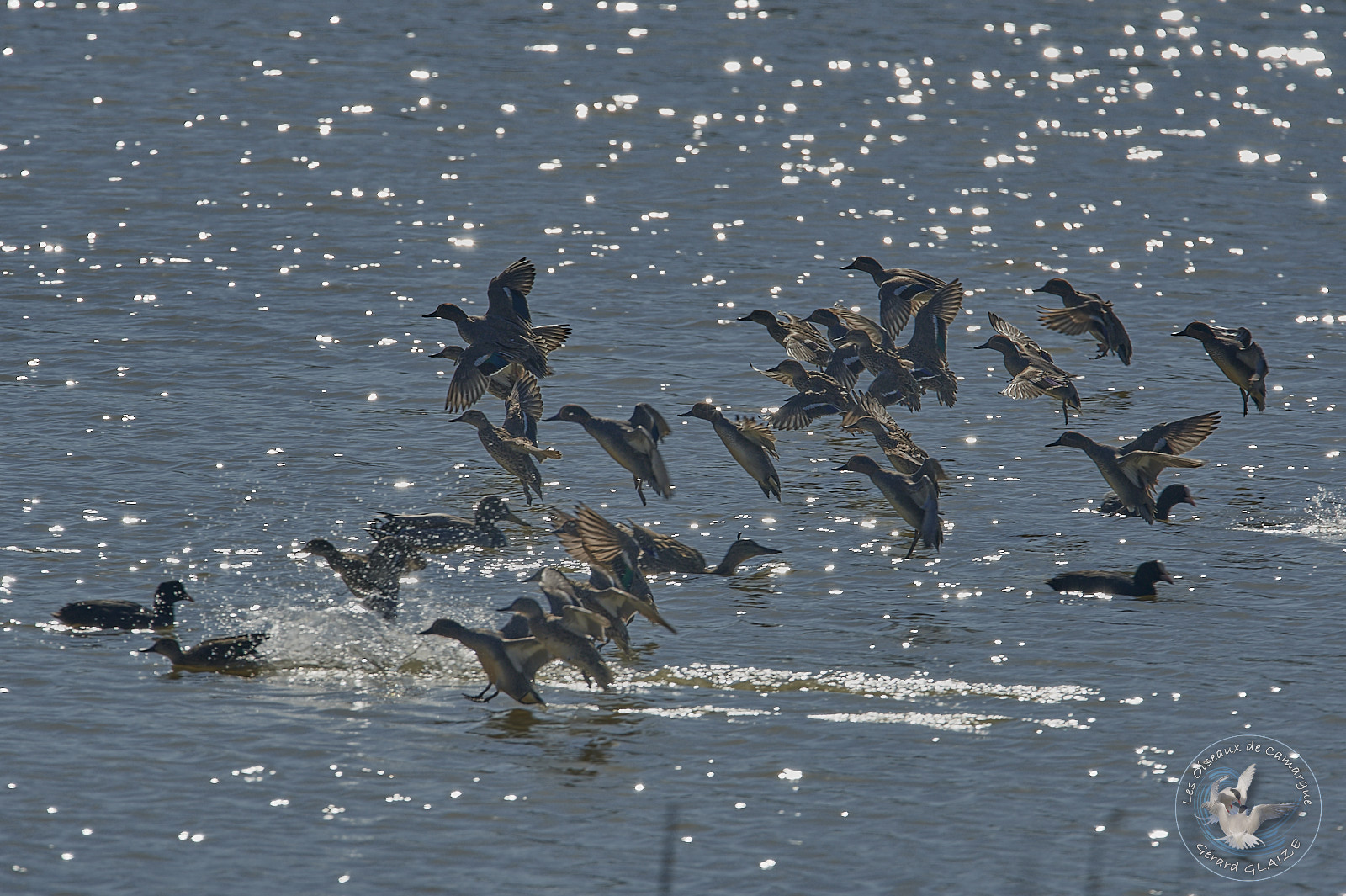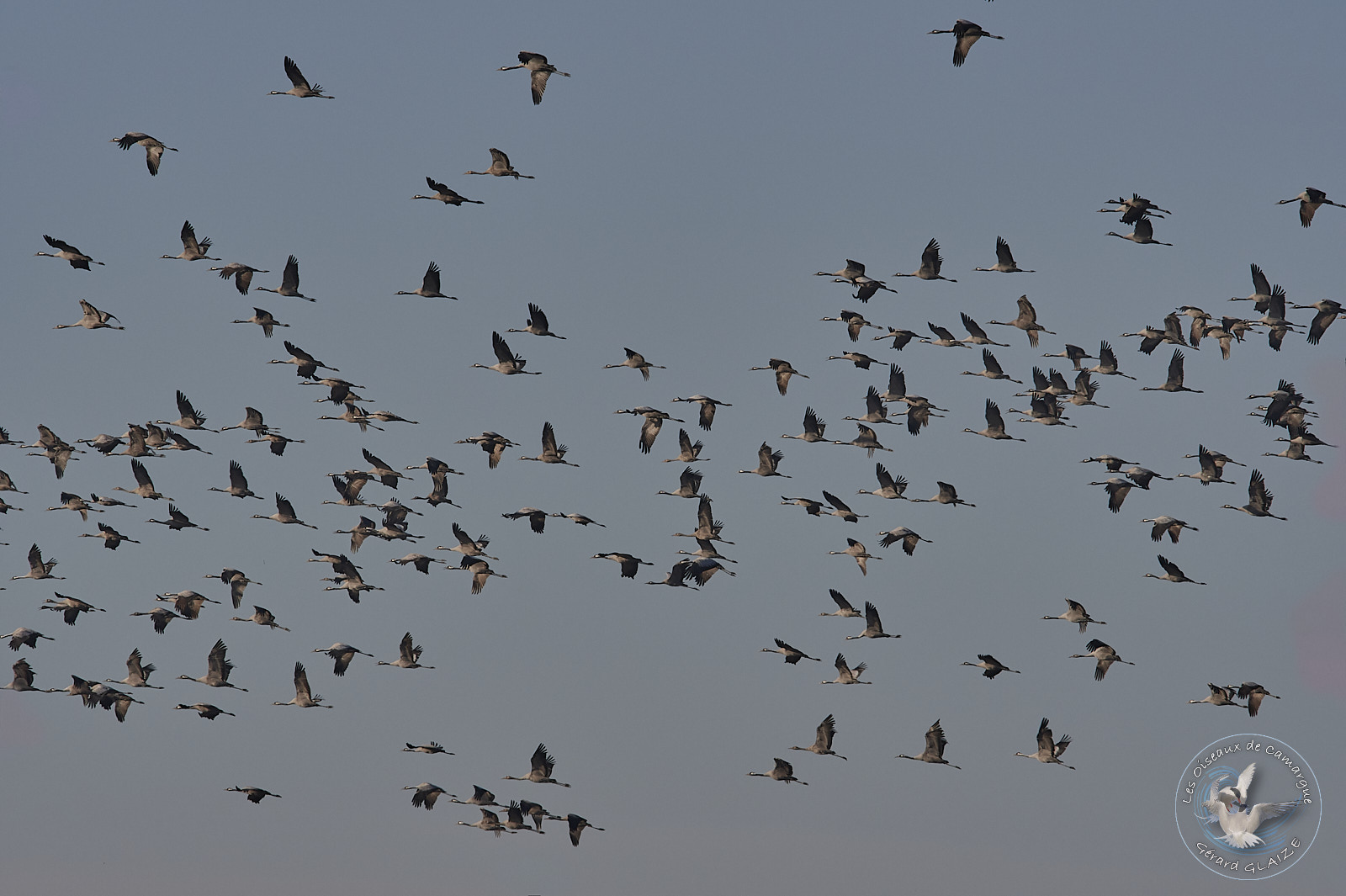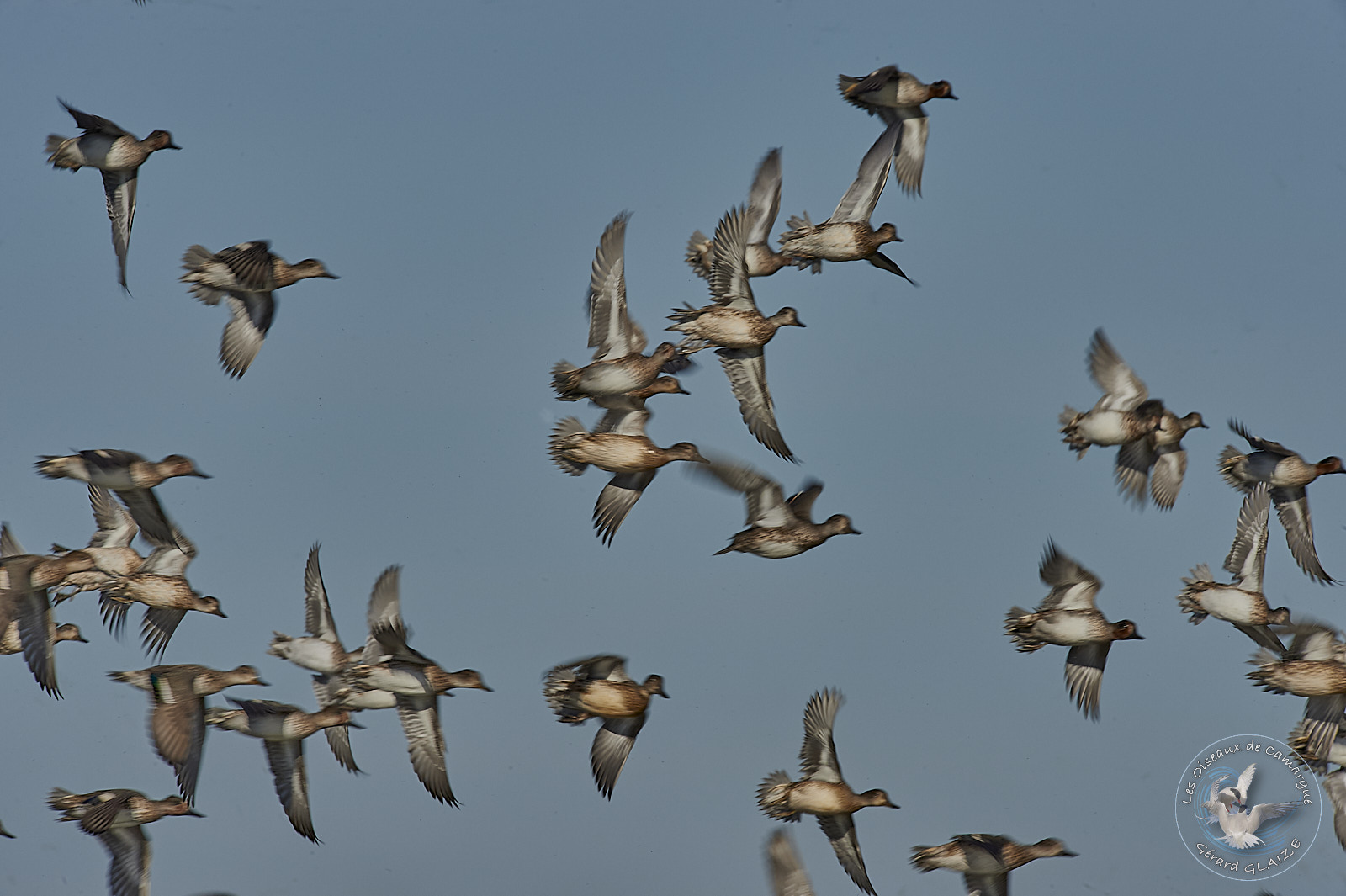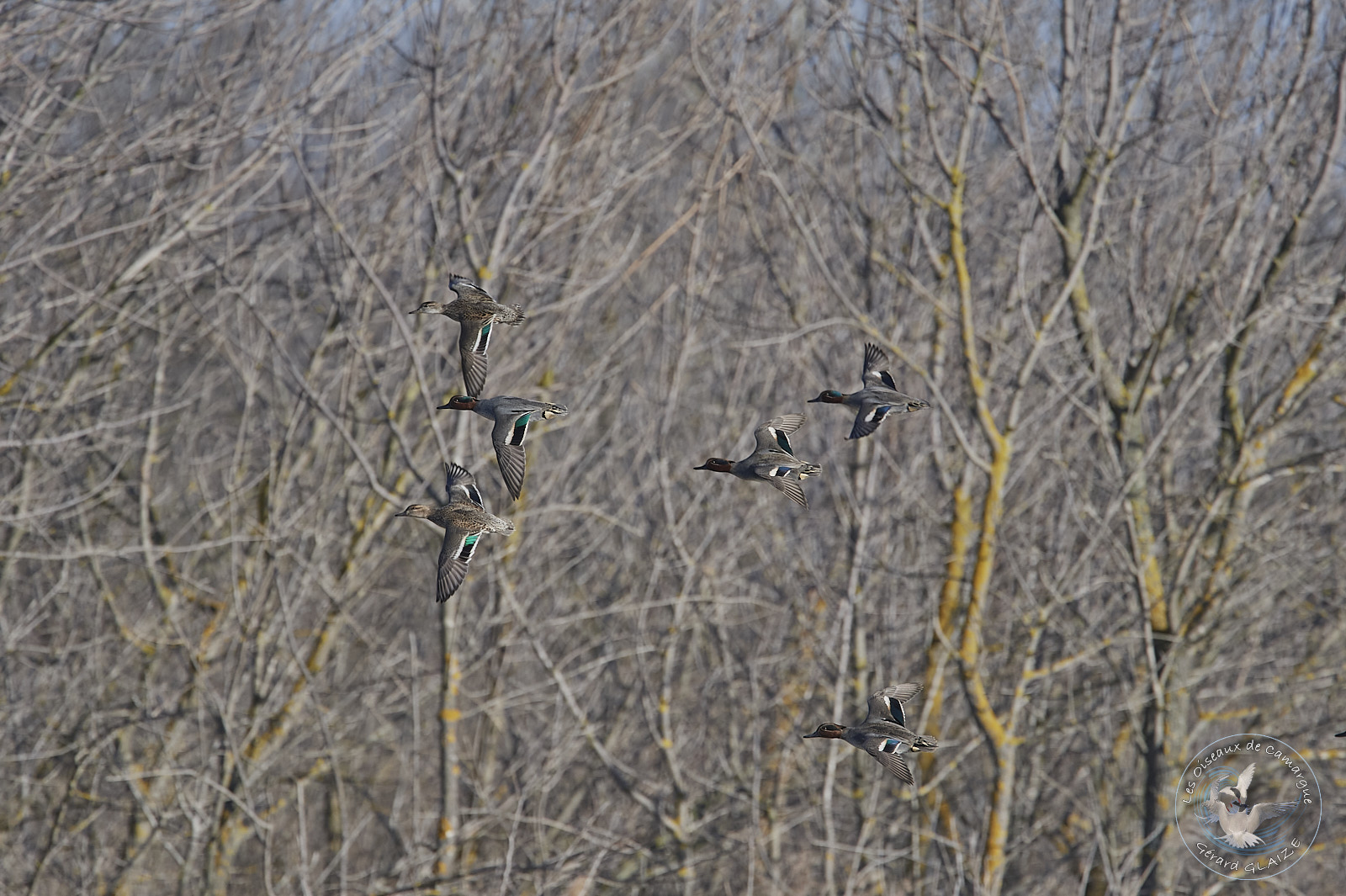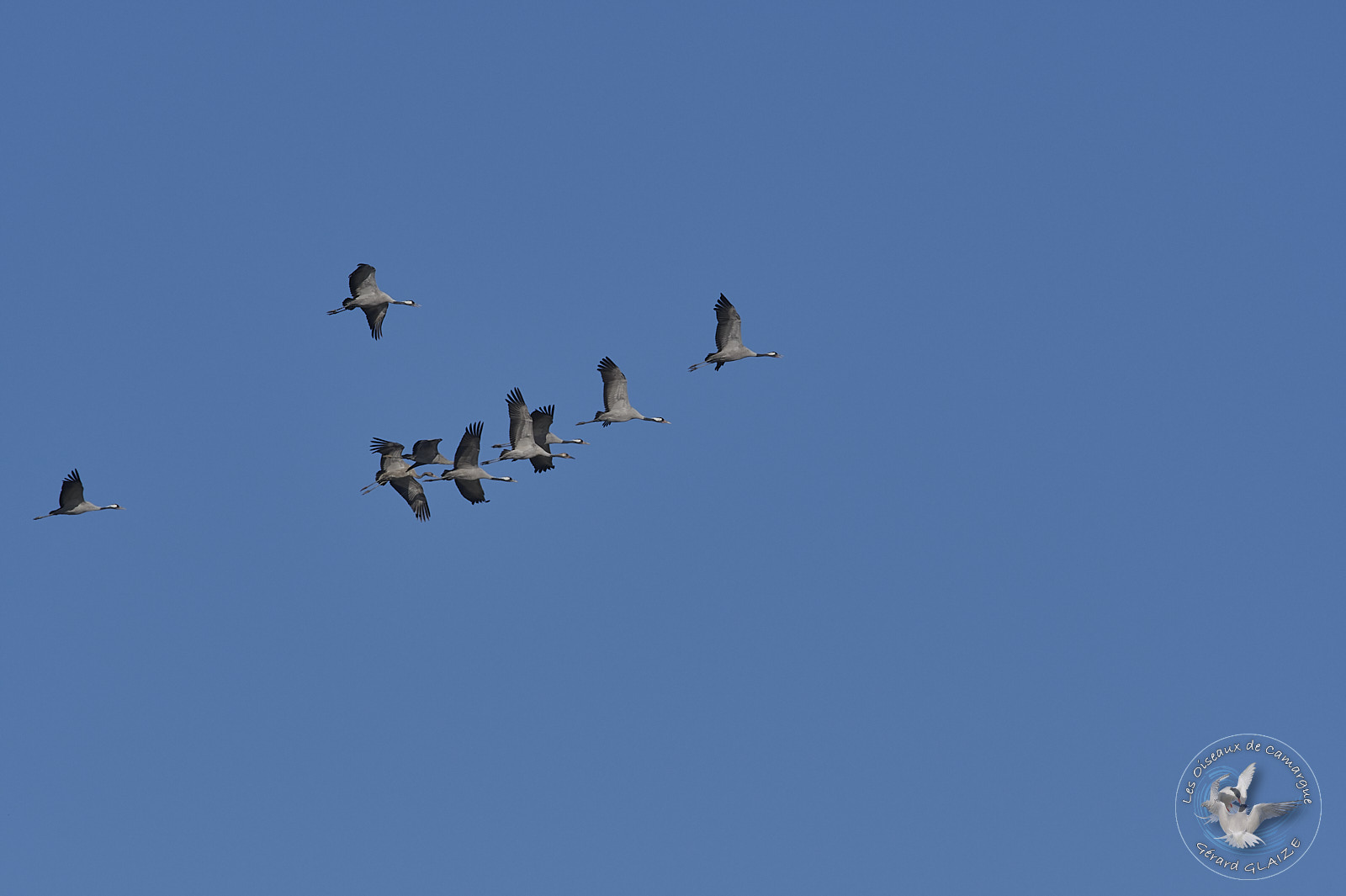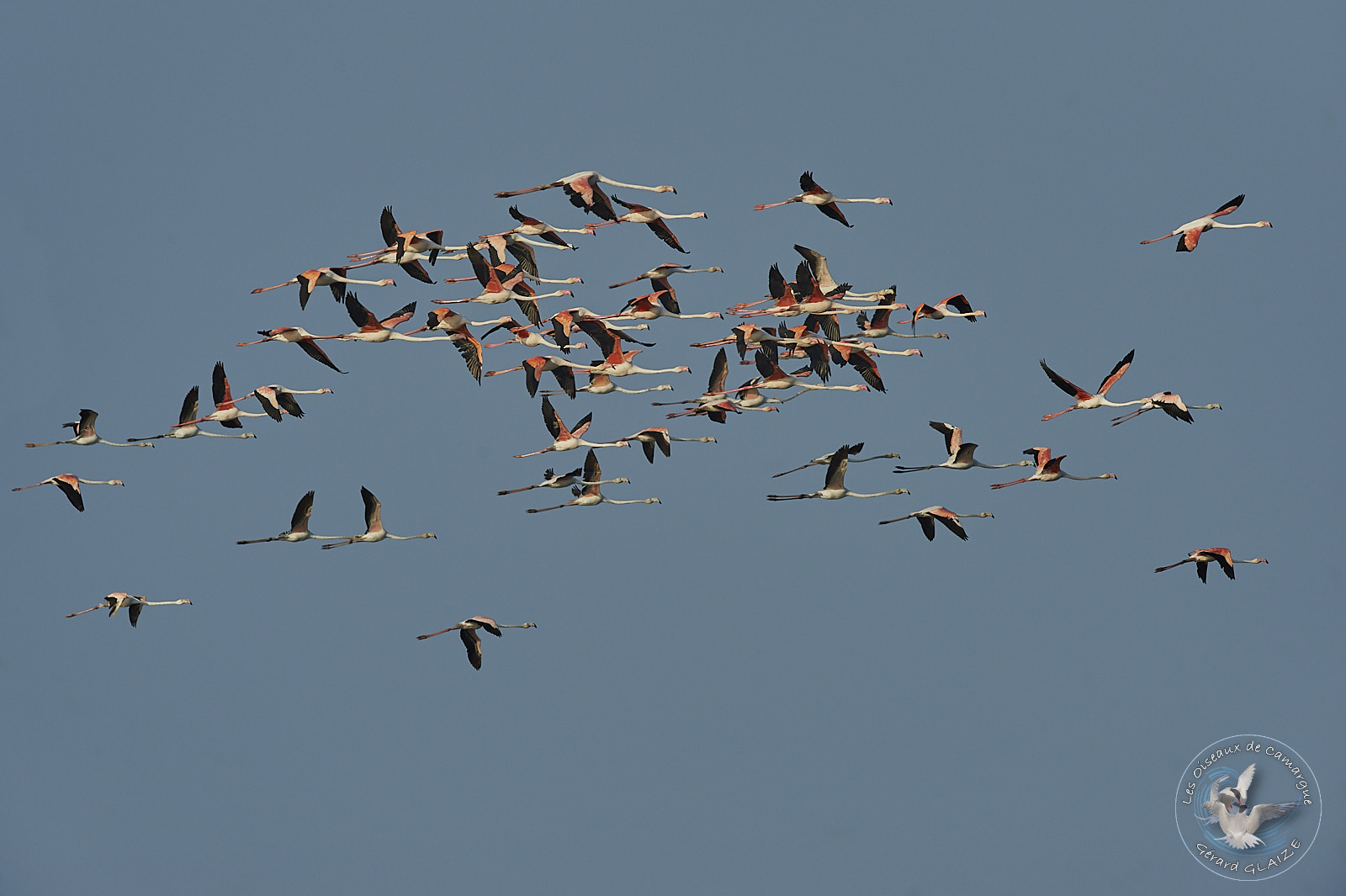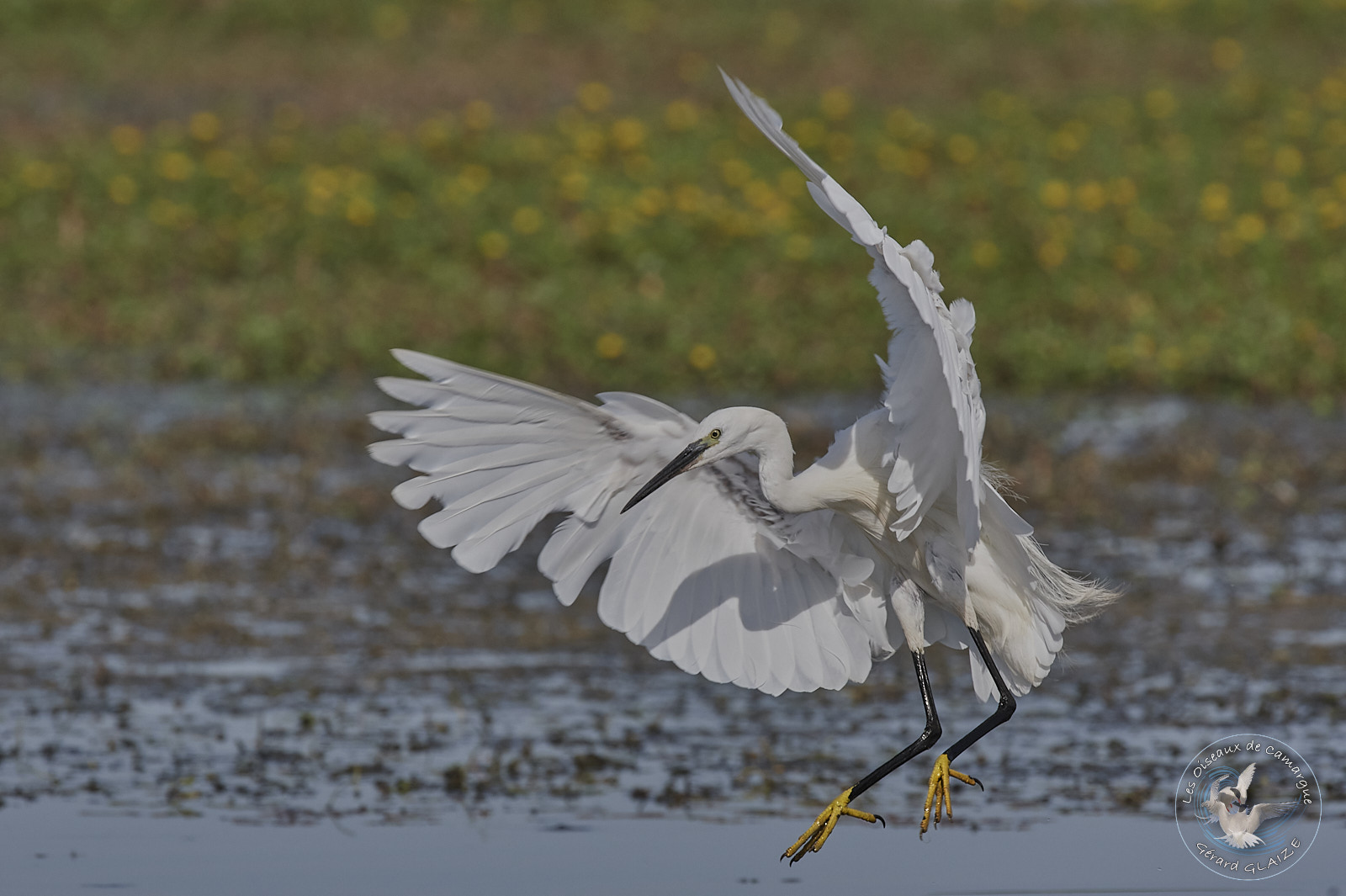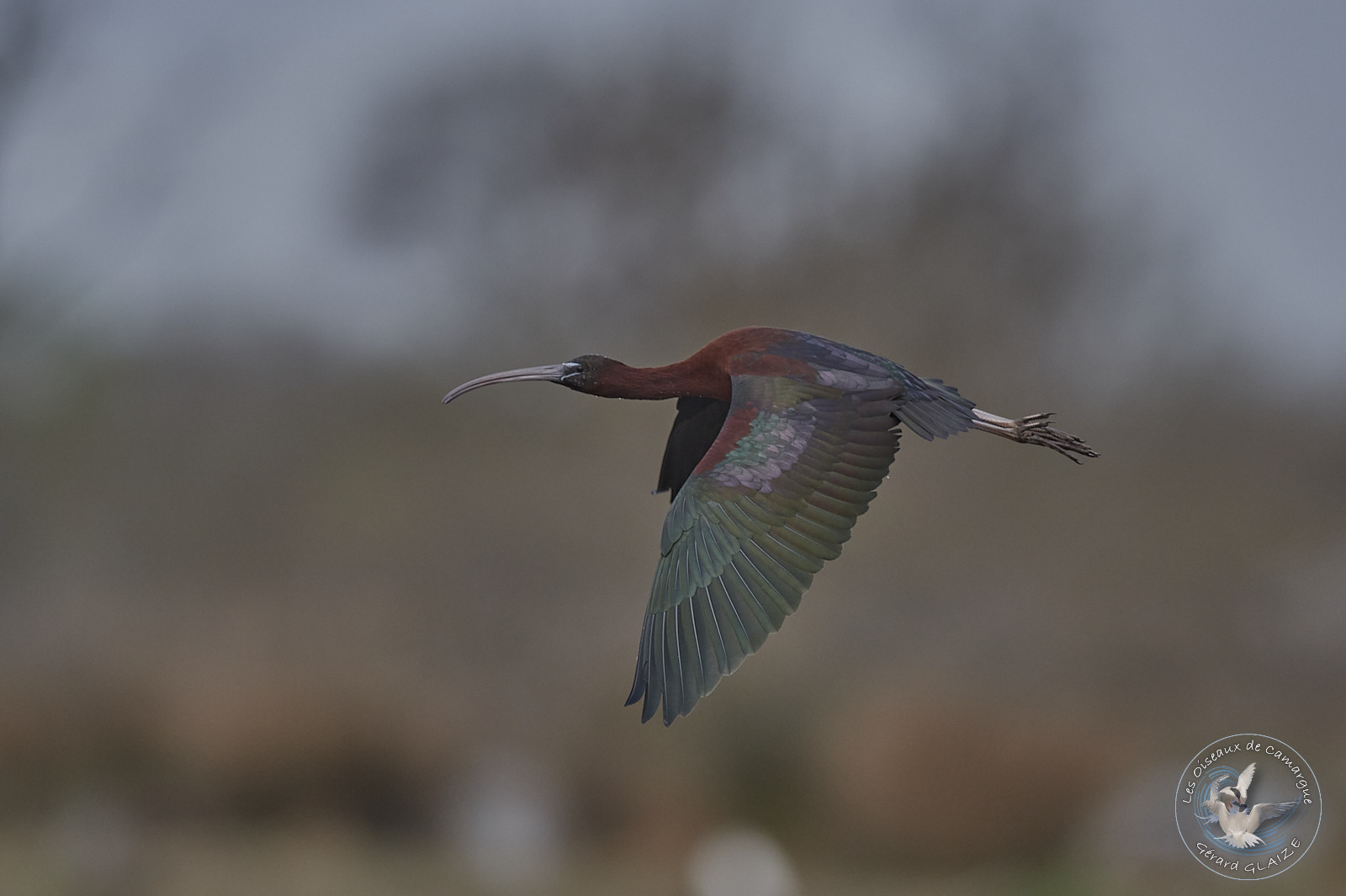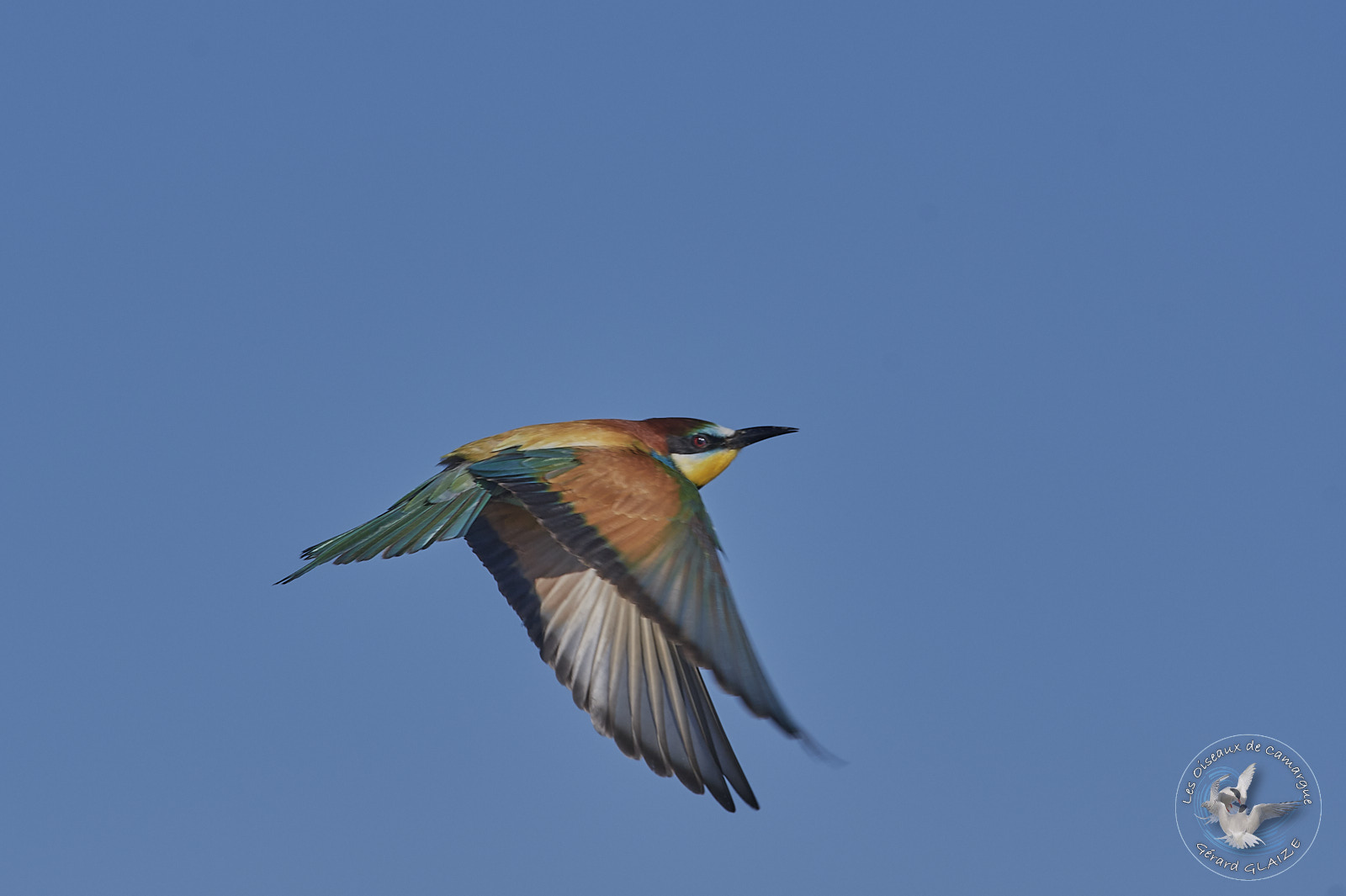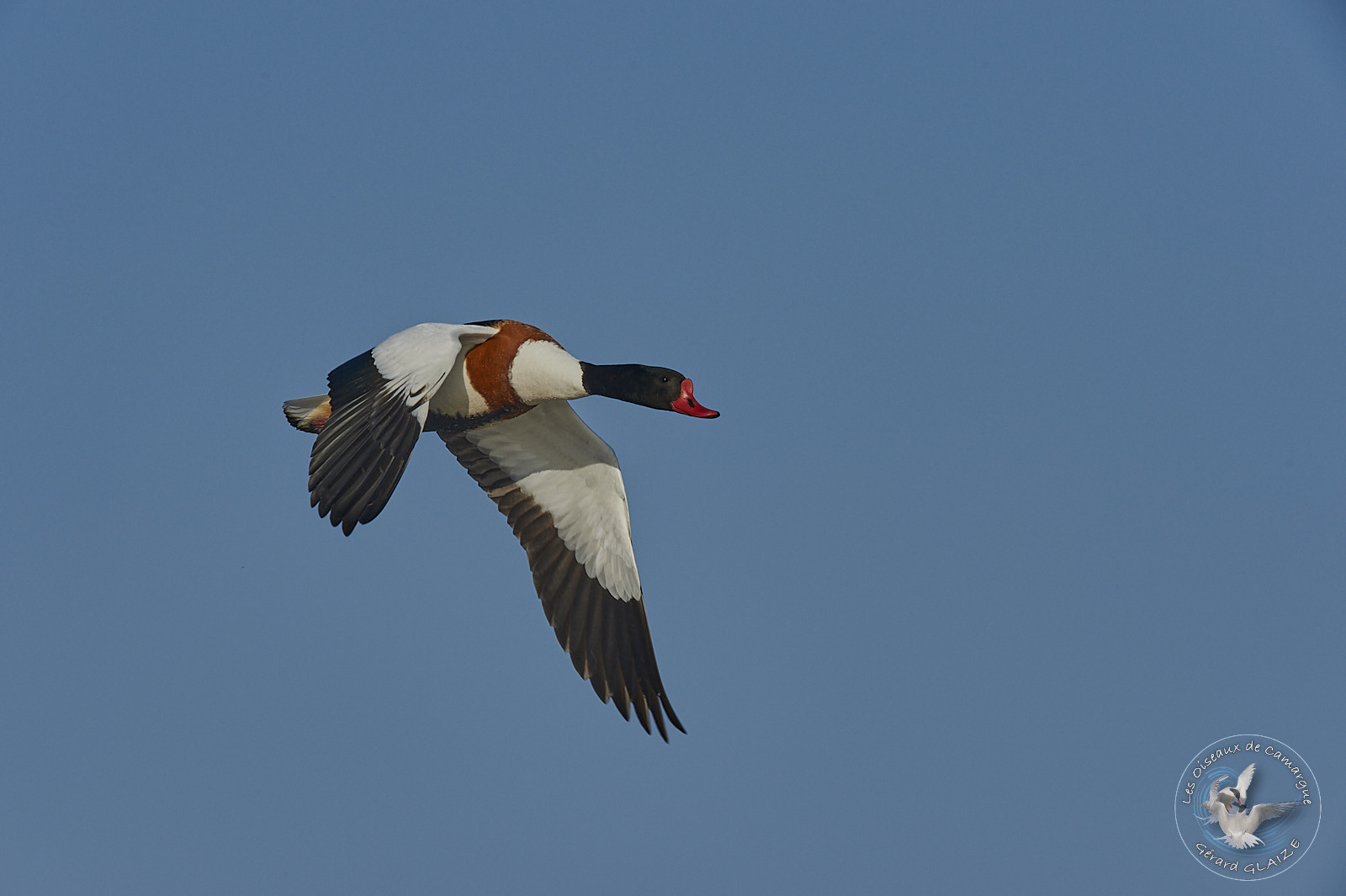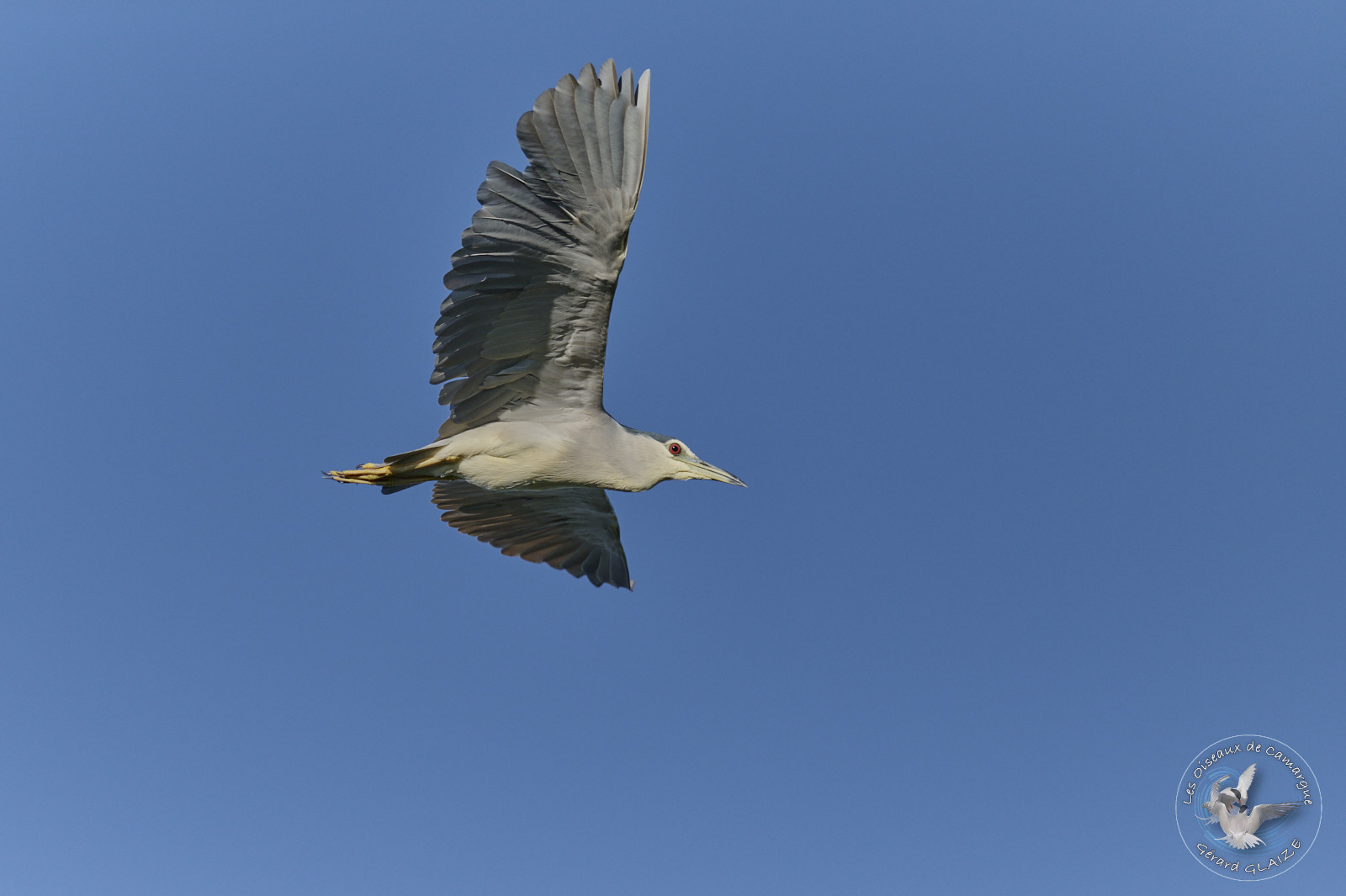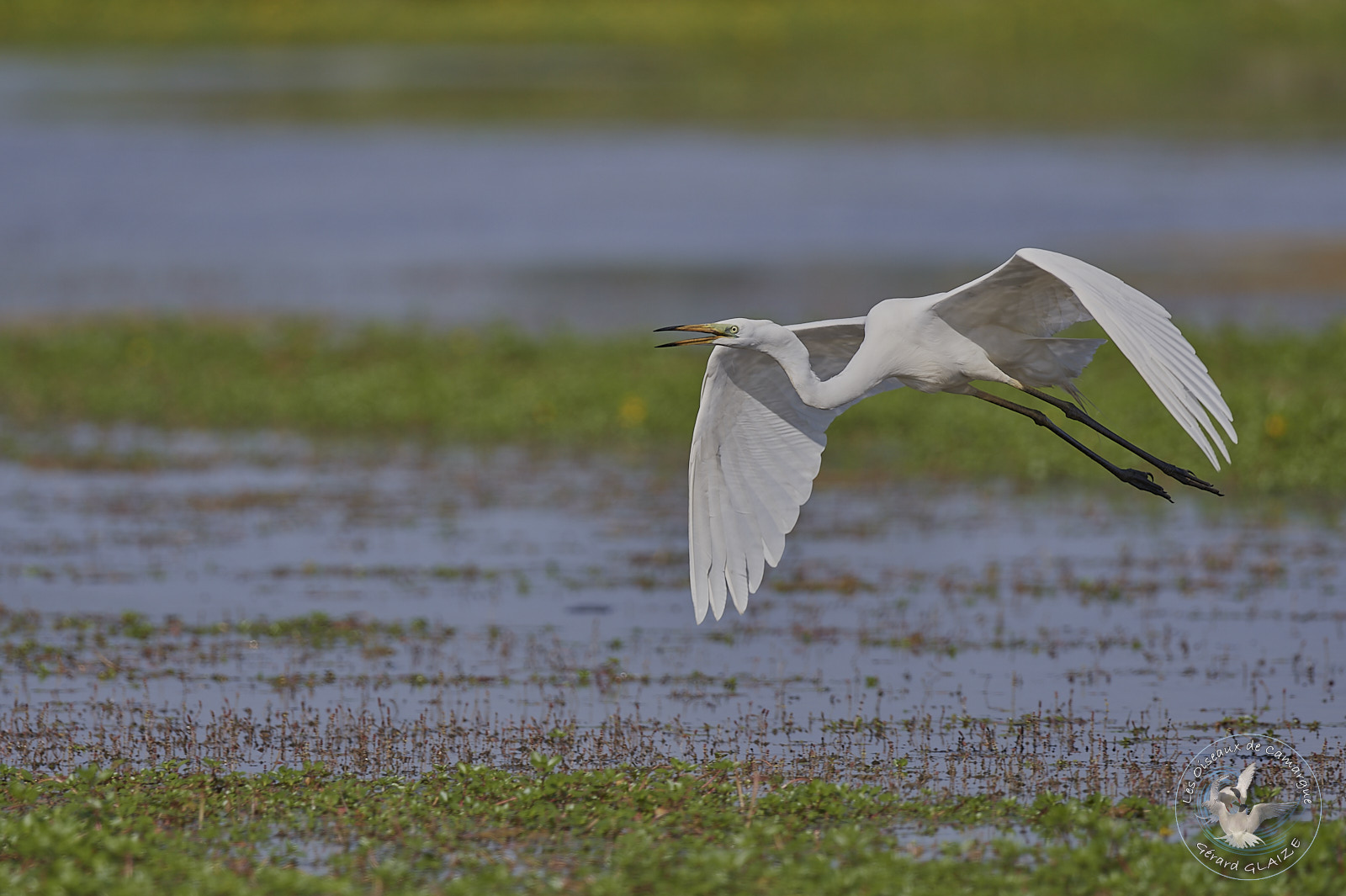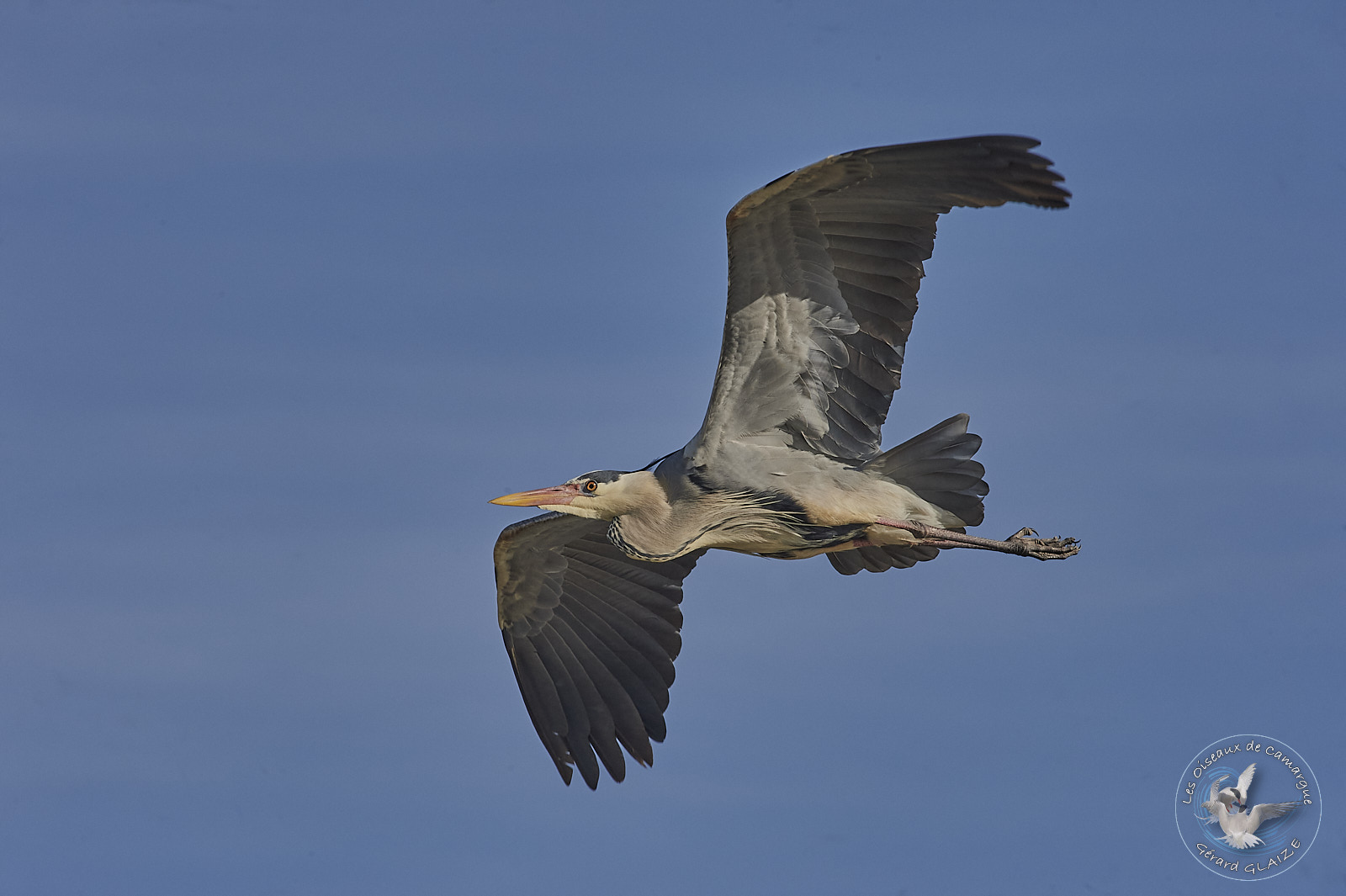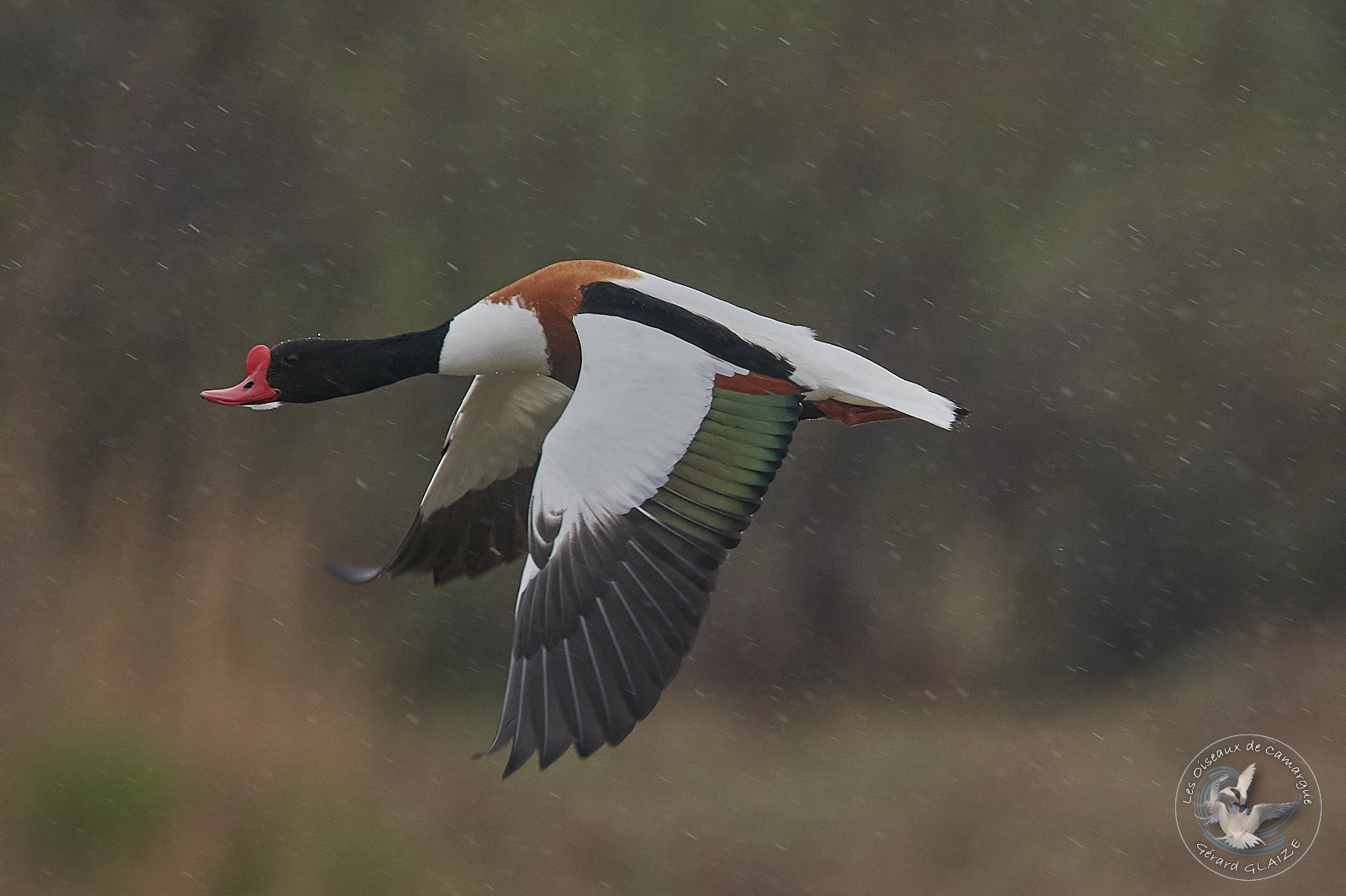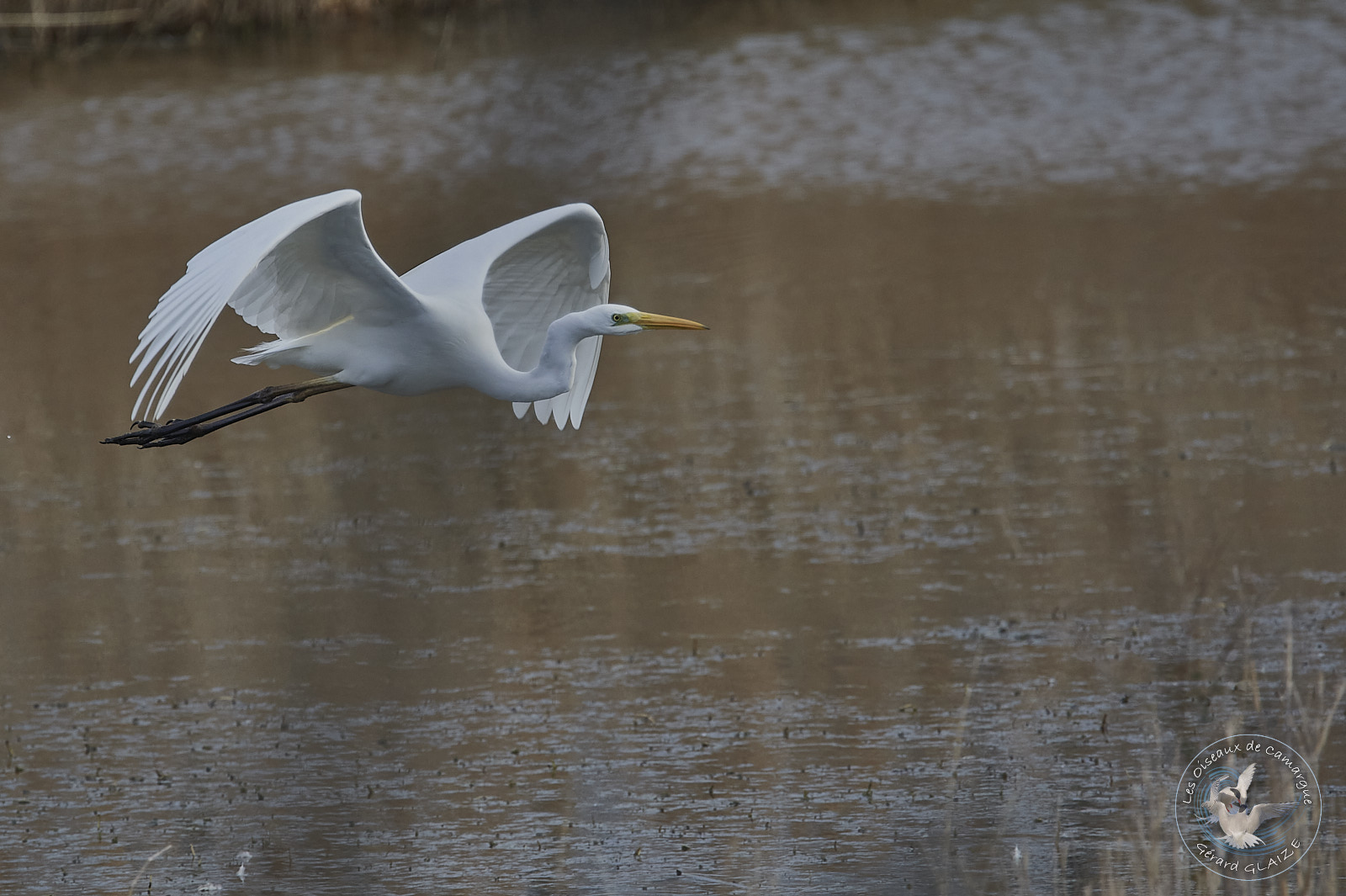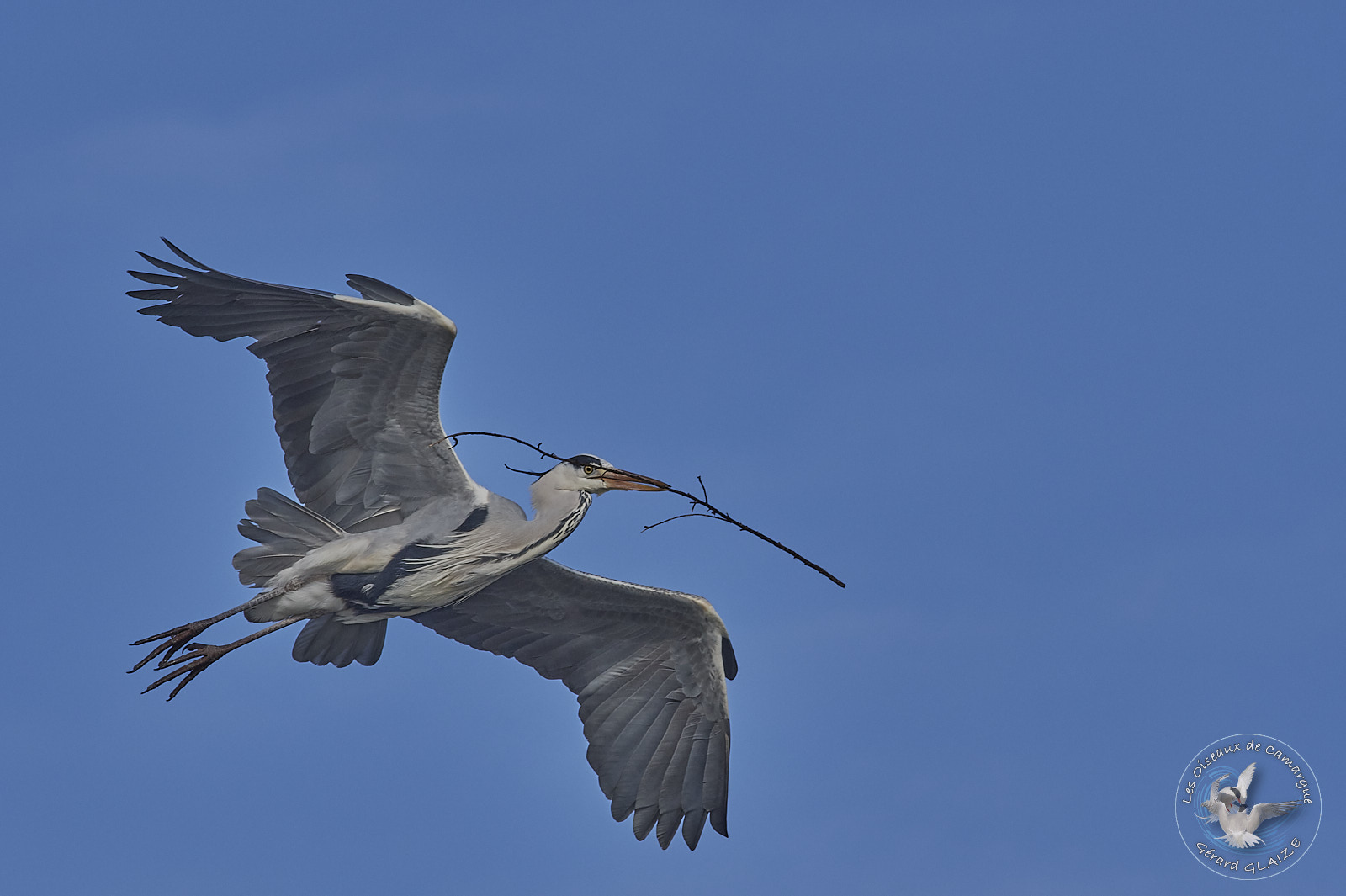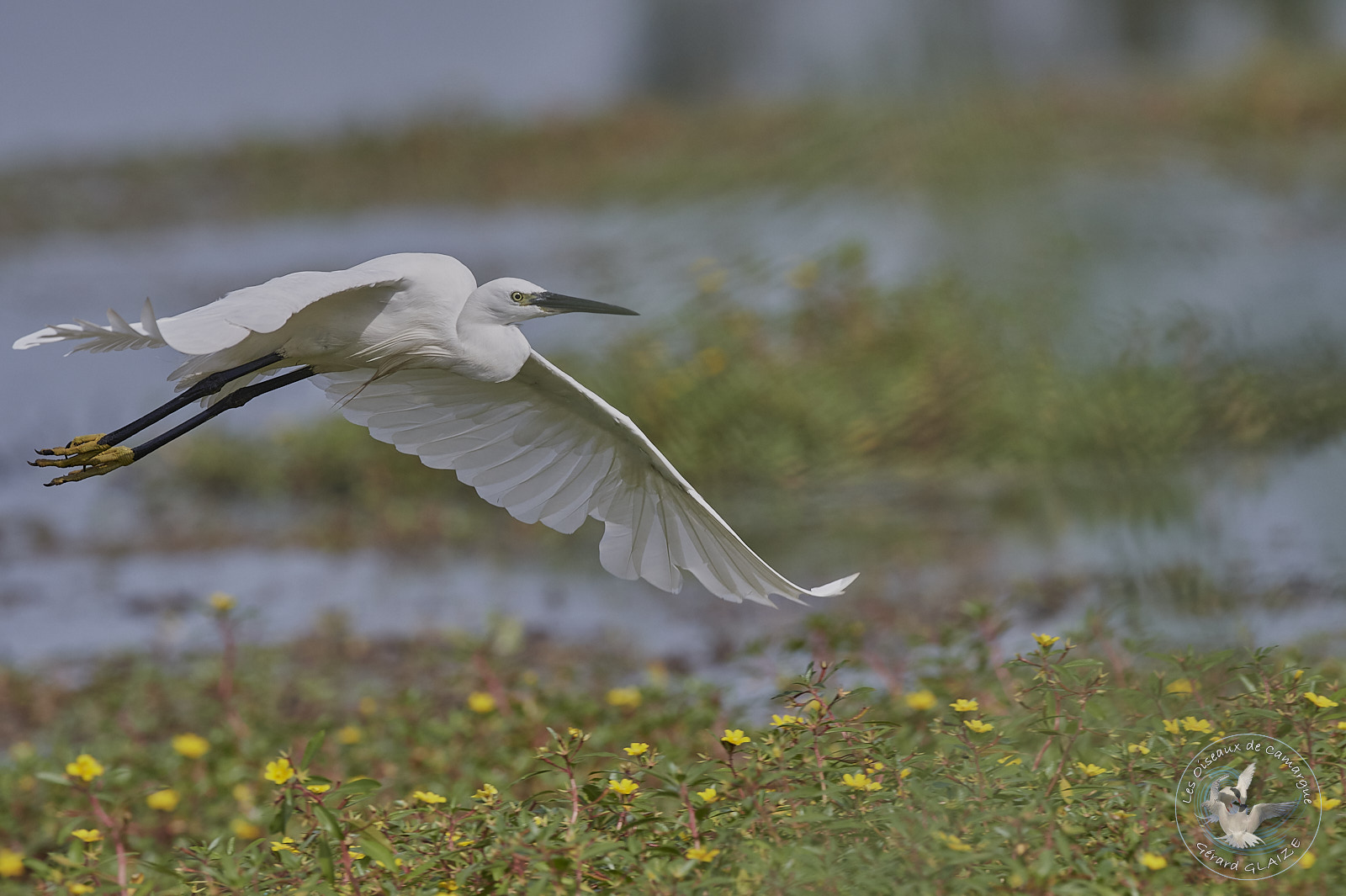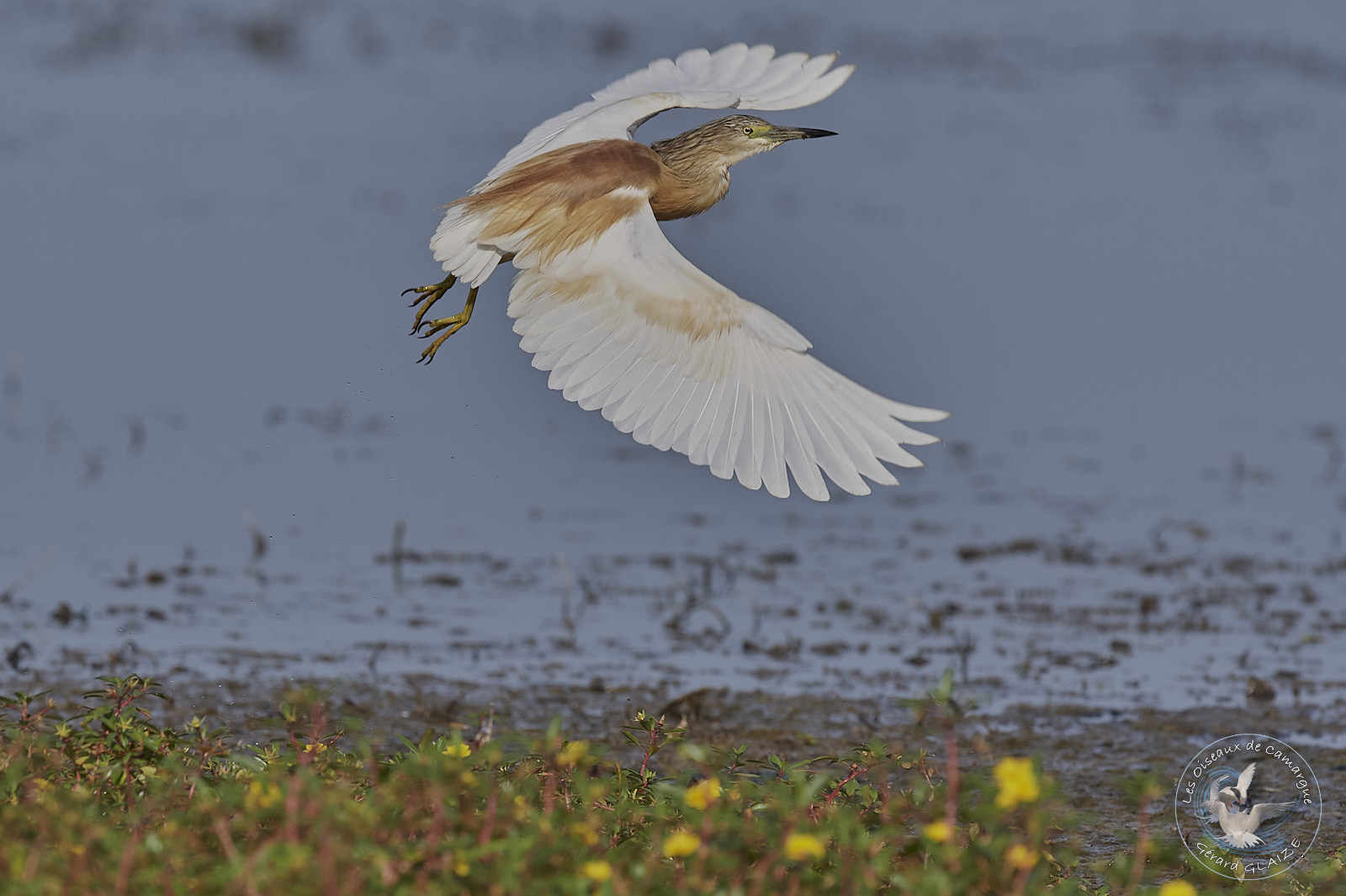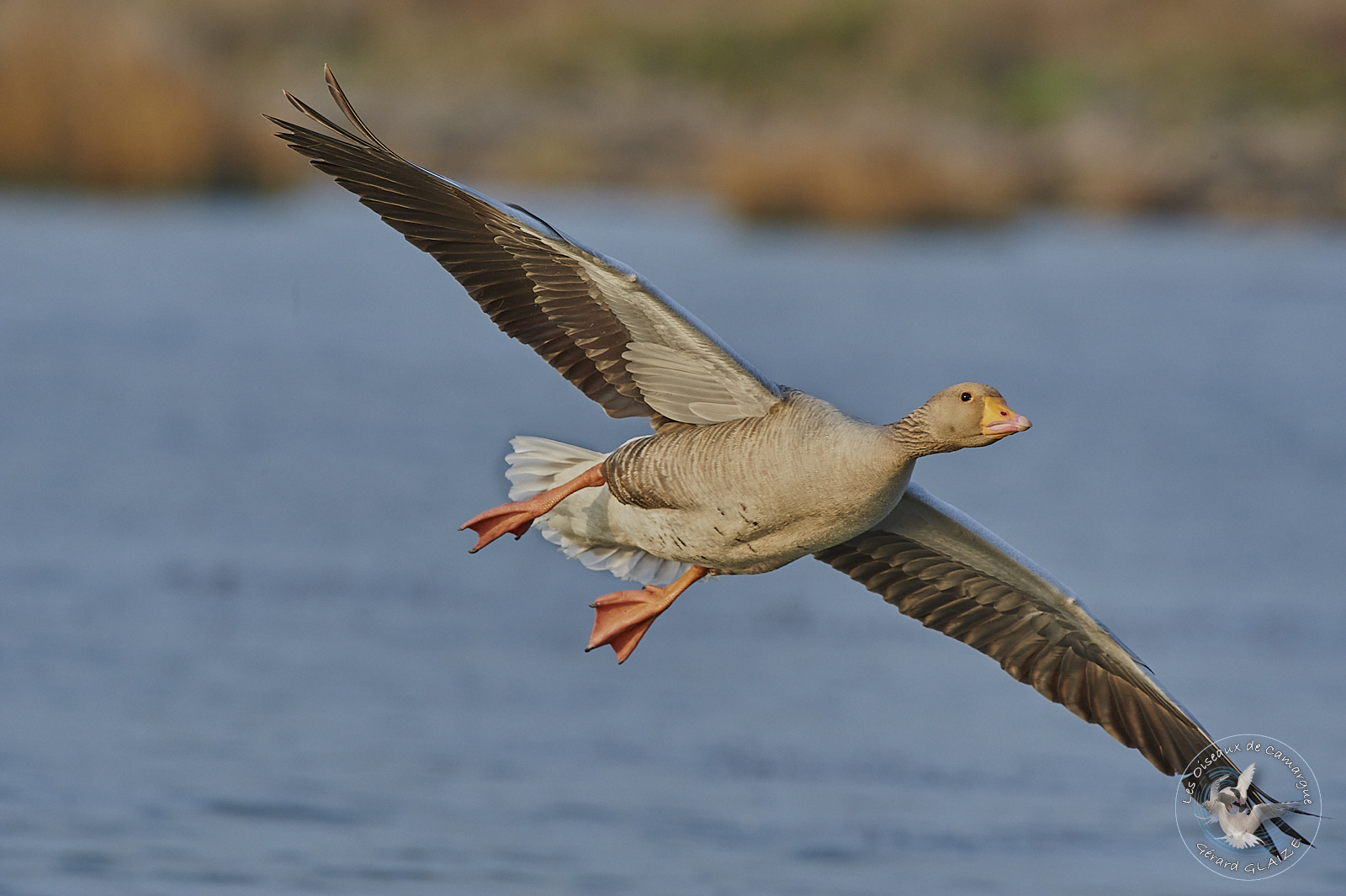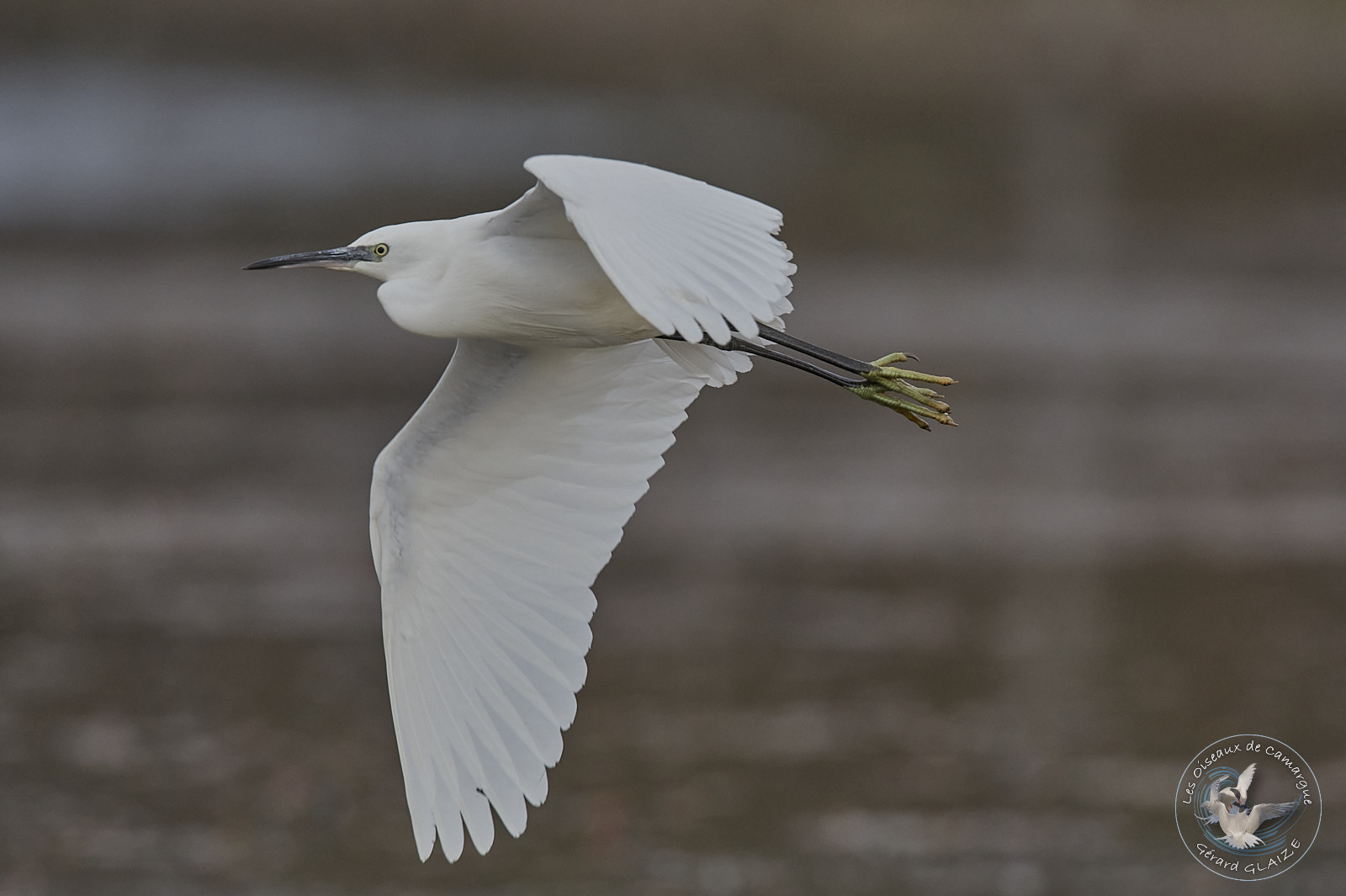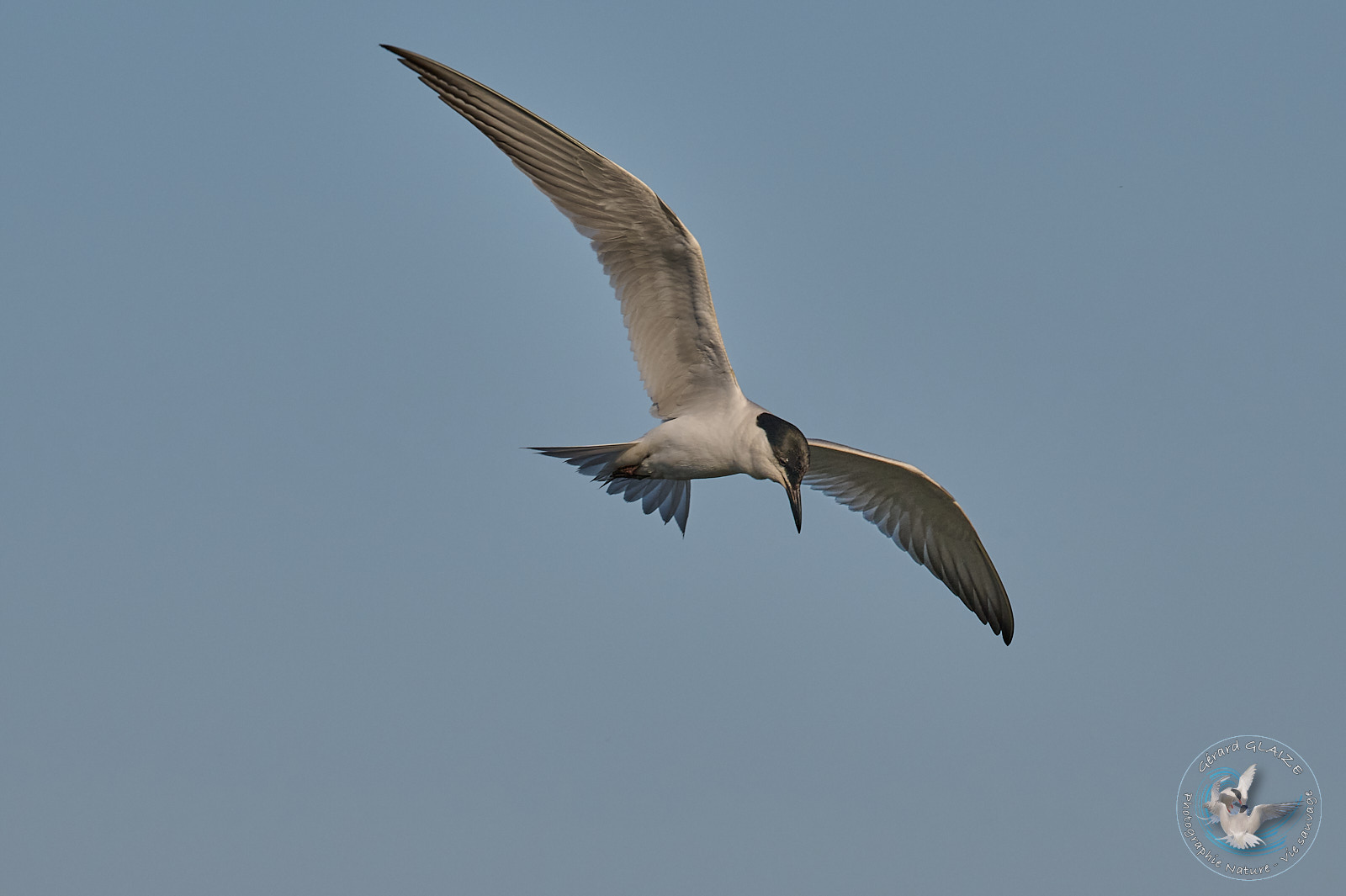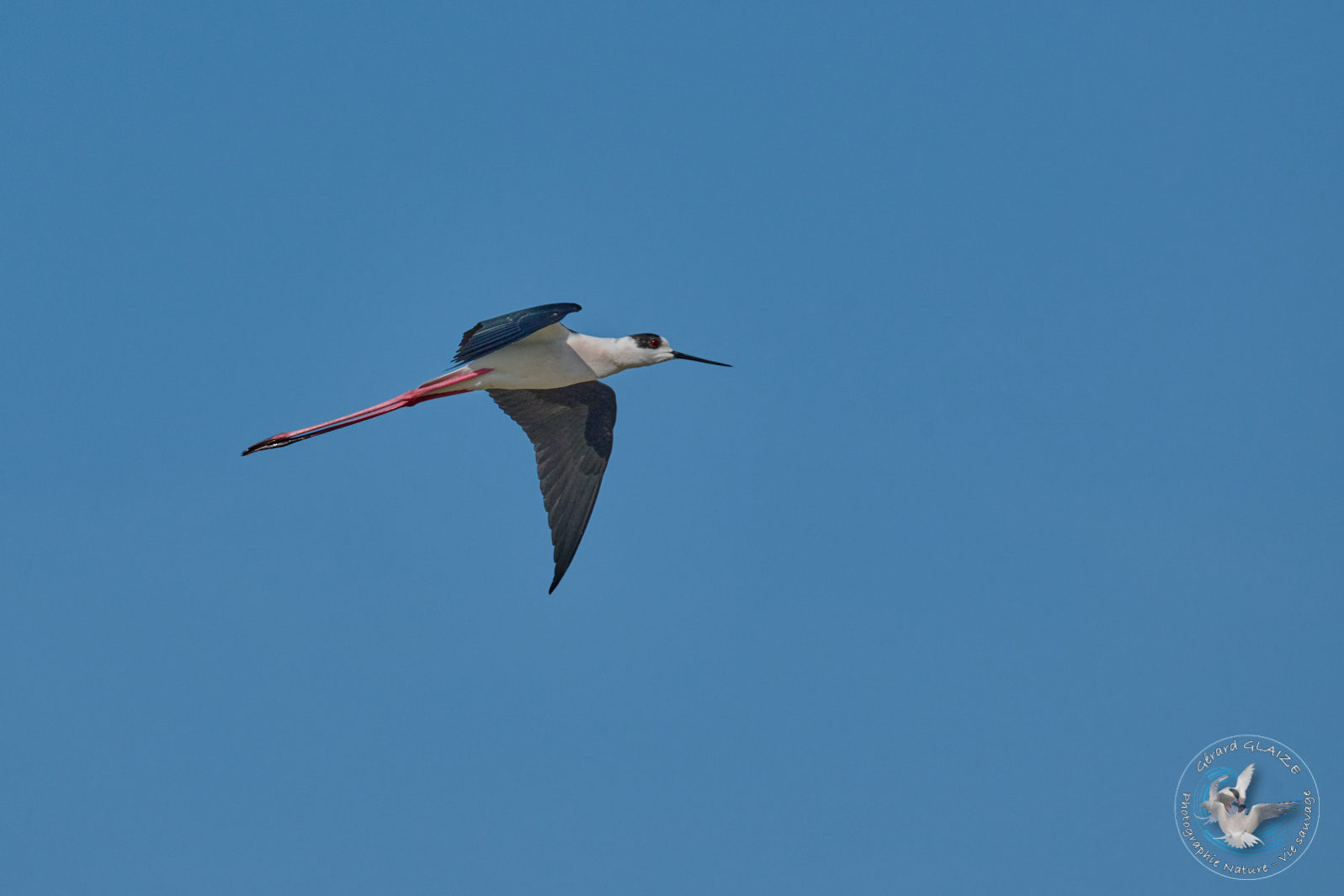Birds in flight
The birds in flight often offer us a magnificent spectacle, with a perfectly adjusted choreography. However, we can observe different types of flights.
Group flights to protect themselves
The birds fly in compact groups when there is danger, to protect themselves from predators. This homogeneous group is thus much more difficult to attack. When they sense danger, they gather together to form a dense swarm. This swarm is so compact that predators hesitate to approach it, and are disoriented to select prey. To avoid this, raptors prefer to attack isolated birds. Loners who stray from the group therefore form prime targets.
For passerines group flight is done on long flights, especially during migration. On the other hand, they do not fly in this way when they seek their food on a daily basis.
During these flights in a compact group, if these clouds move in a synchronized way, it is because each individual reacts almost immediately to the movement of its neighbors. One of the most spectacular examples is the group flight of Common Starling.
Formation flying for aerodynamics
The birds have understood perfectly how to save their strength, especially during migratory flights. Flying in formation helps save energy. When a bird flies, its movement in the air thus causes the formation of currents, these currents carry the following bird which benefits from it. It therefore needs less energy to maintain the speed of its flight. To take advantage of this carrier current, each bird must position itself behind the one in front of it.
The birds in flight therefore position themselves one behind the other, to form this V-shaped arrangement. Like cyclists following each other, their penetration into the air is then facilitated and allows them to cover long distances. This type of flight with a V formation is observed especially in large birds (common cranes, geese, etc.) In the Camargue, we can sometimes observe common cranes flying with a V formation.
However, it has been observed that birds also often fly in line and that, in this case, the follower tends to oppose its wing beats to those of the leader (when the wings of the first are up, those of the second are down).
Flight of birds isolated
Some birds move in isolation outside the flights during migration. Some species are more gregarious than others. Thus, it is quite rare to encounter Flamingos alone. It is the same for the Cranes, we sometimes meet small groups of two or three individuals on the feeding places.
Link to website “Oiseaux.net” for more informations on the birds.
